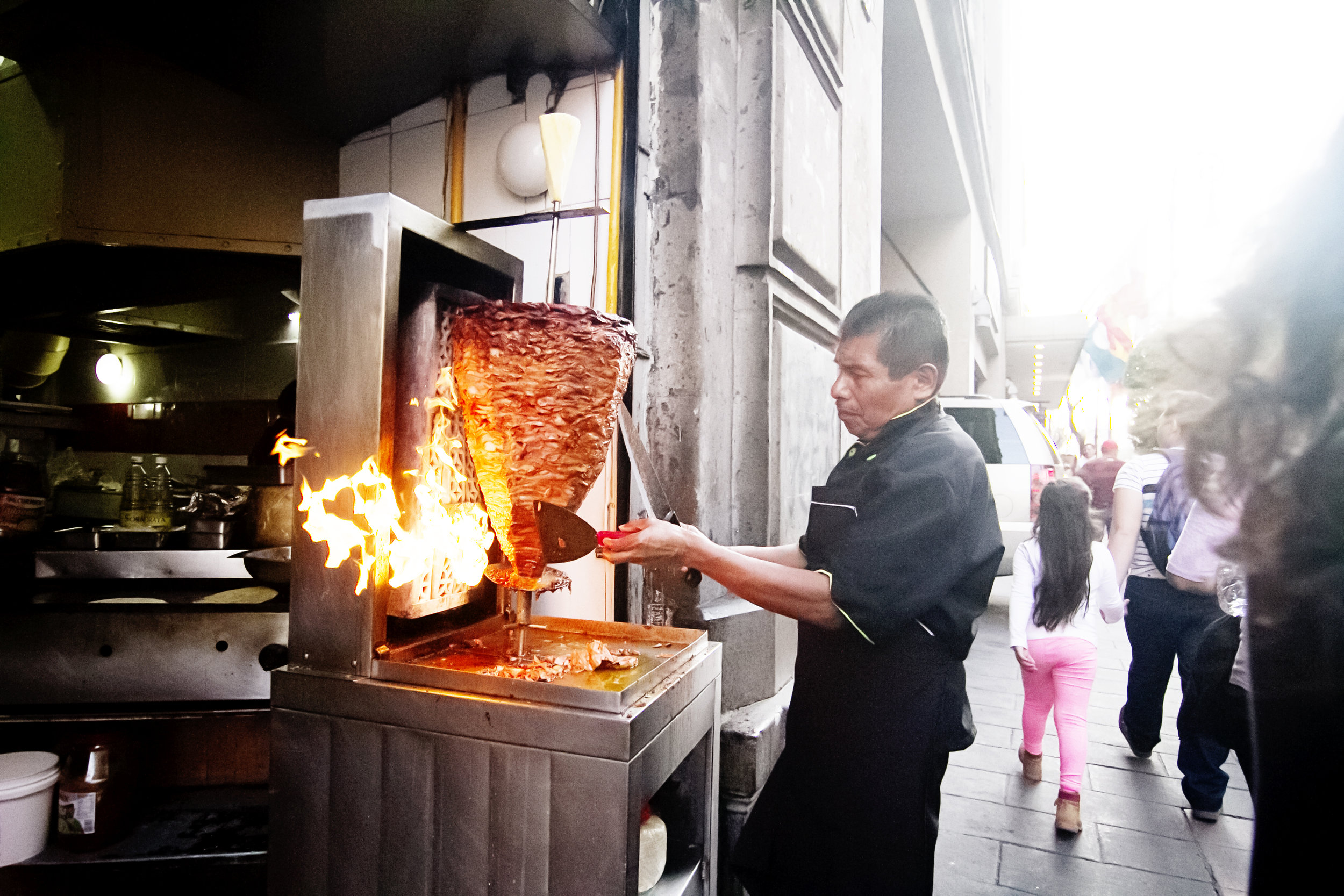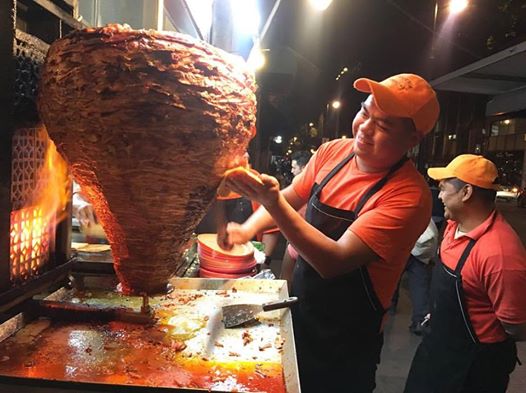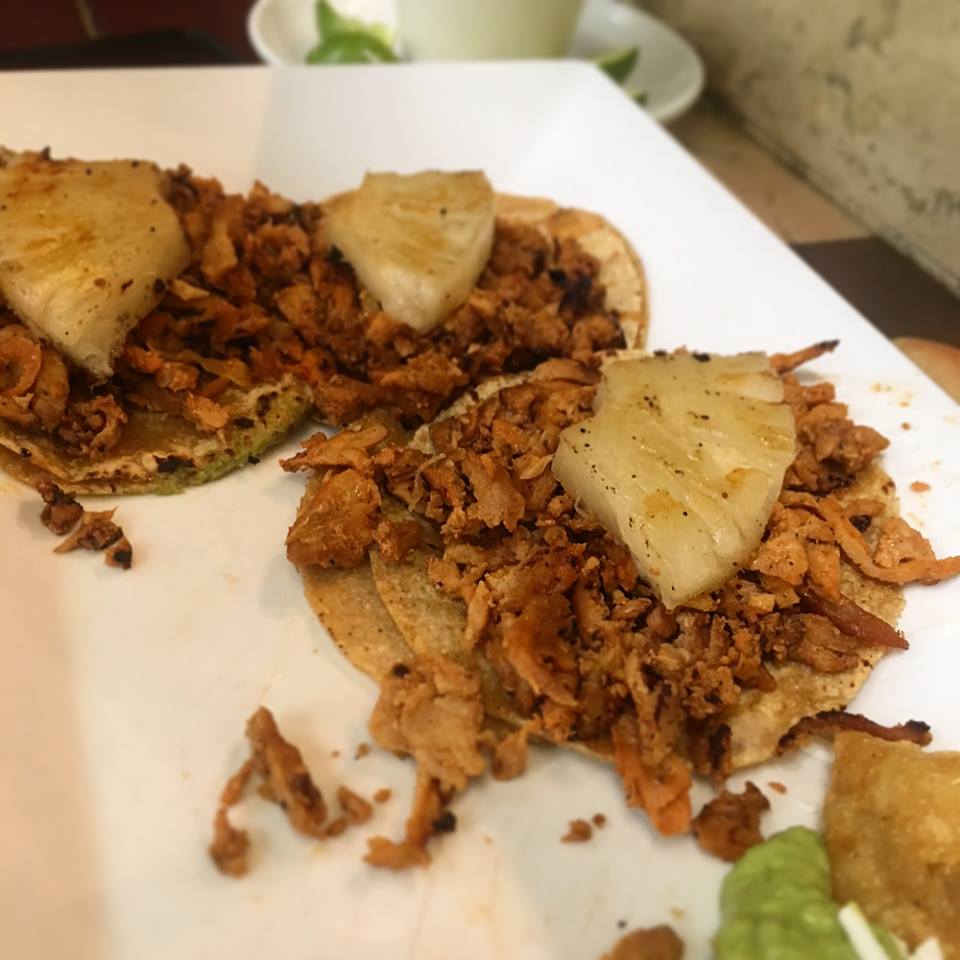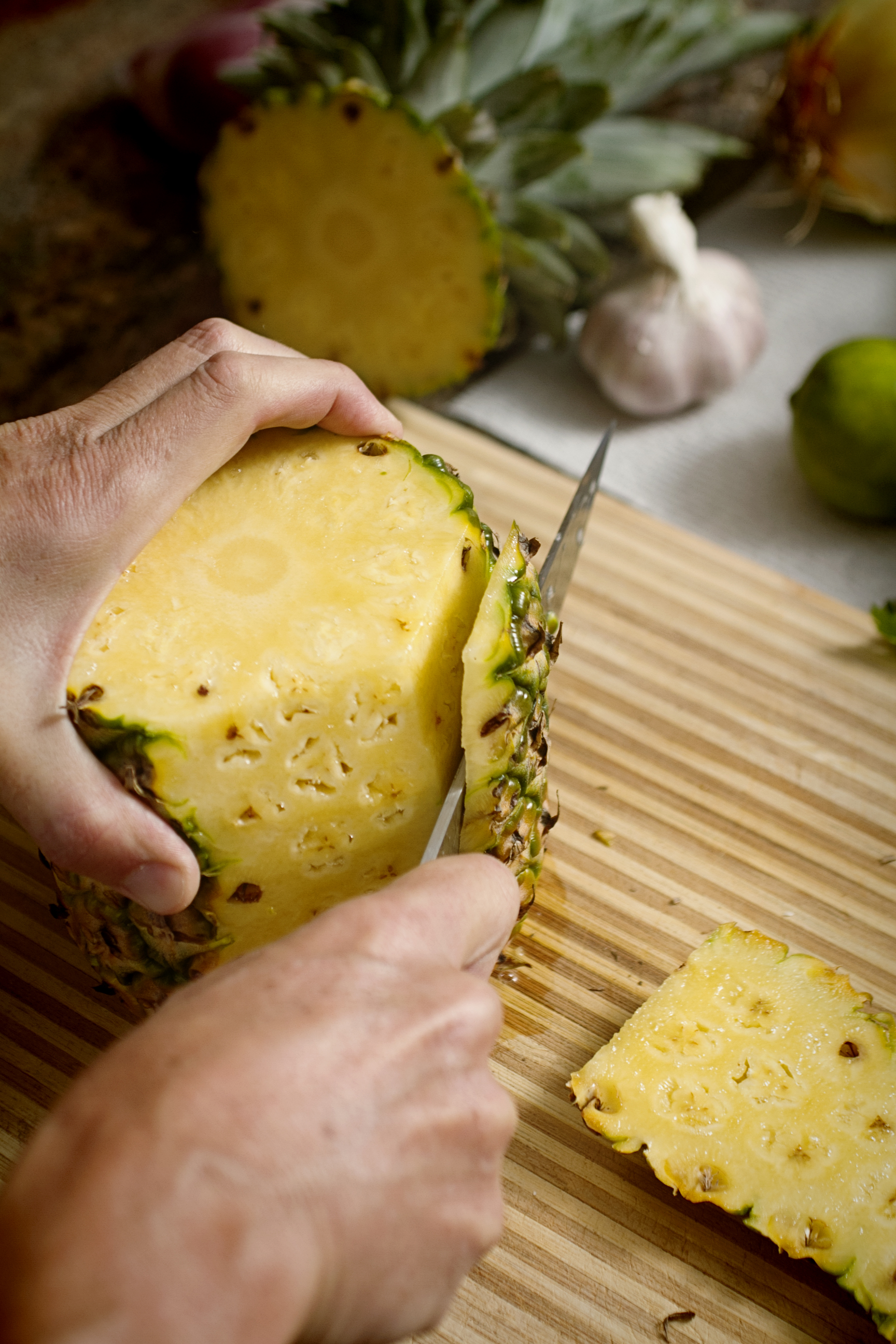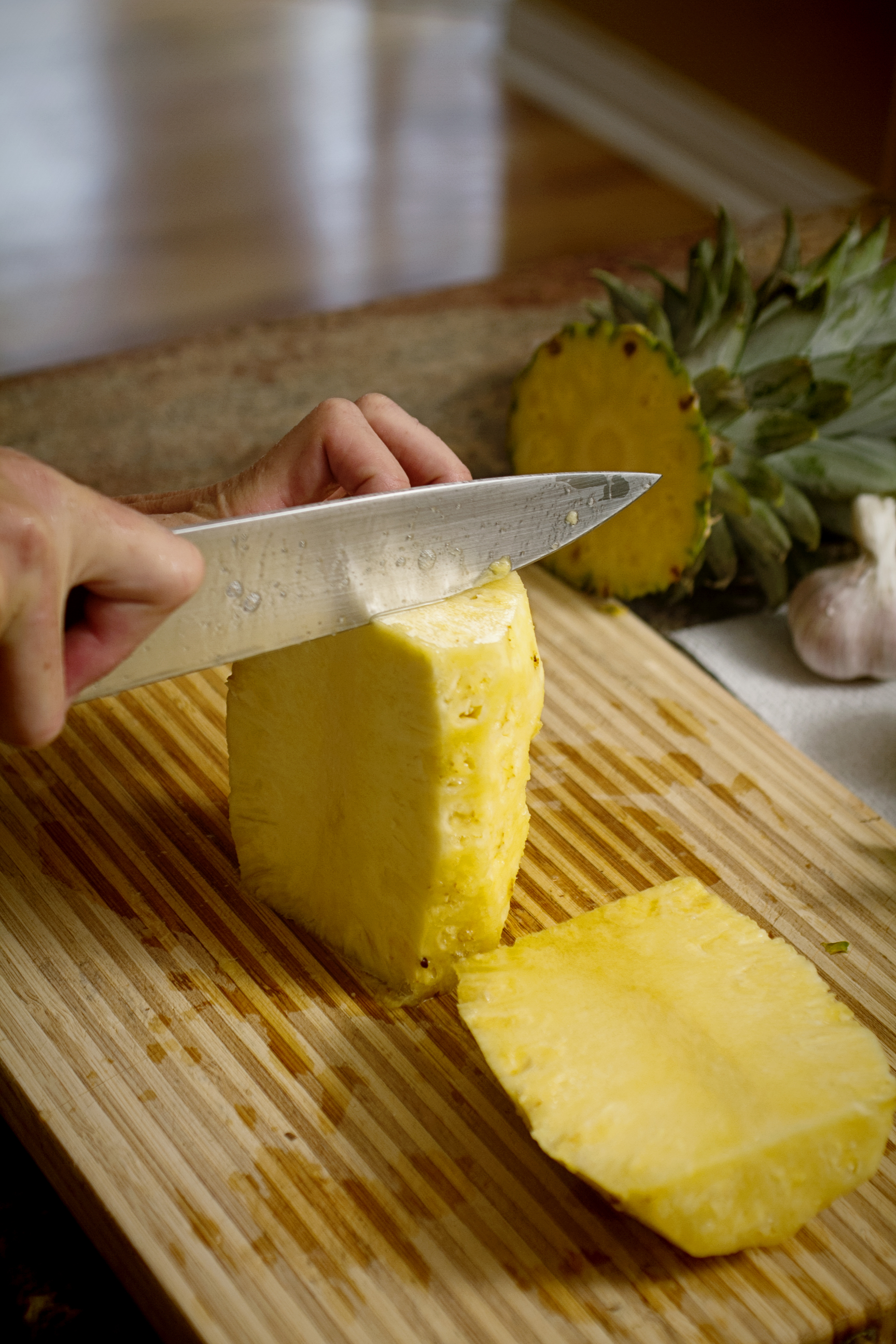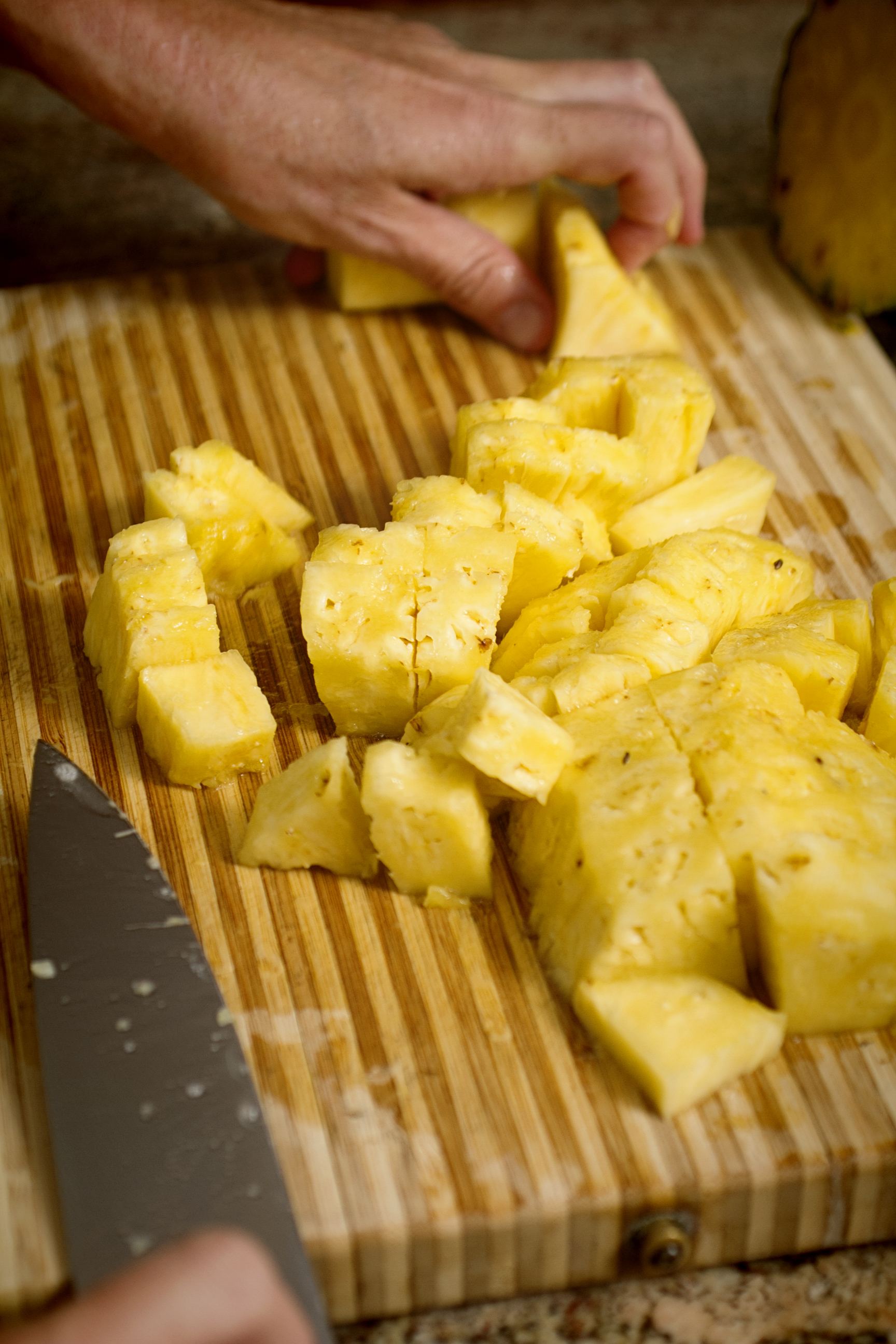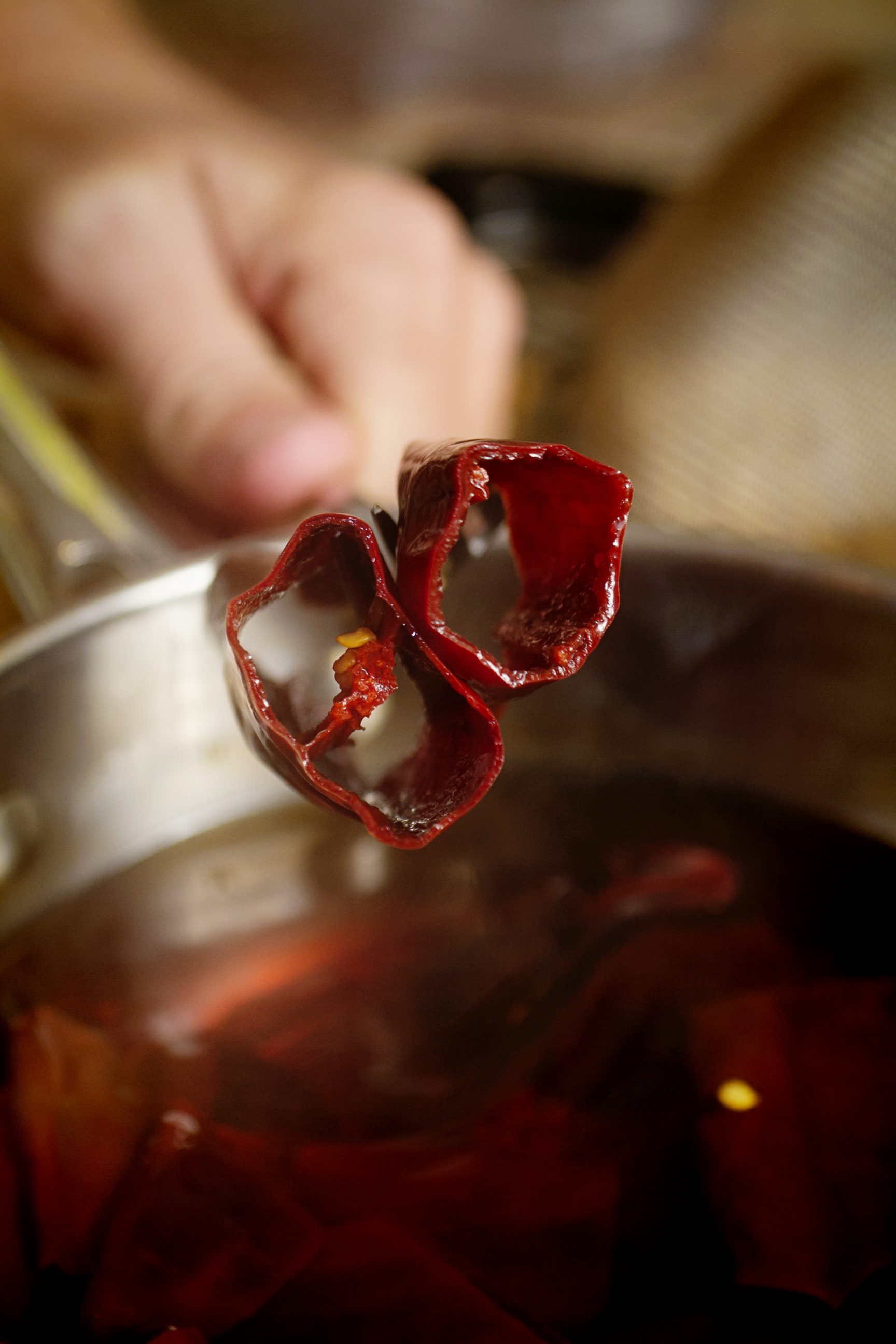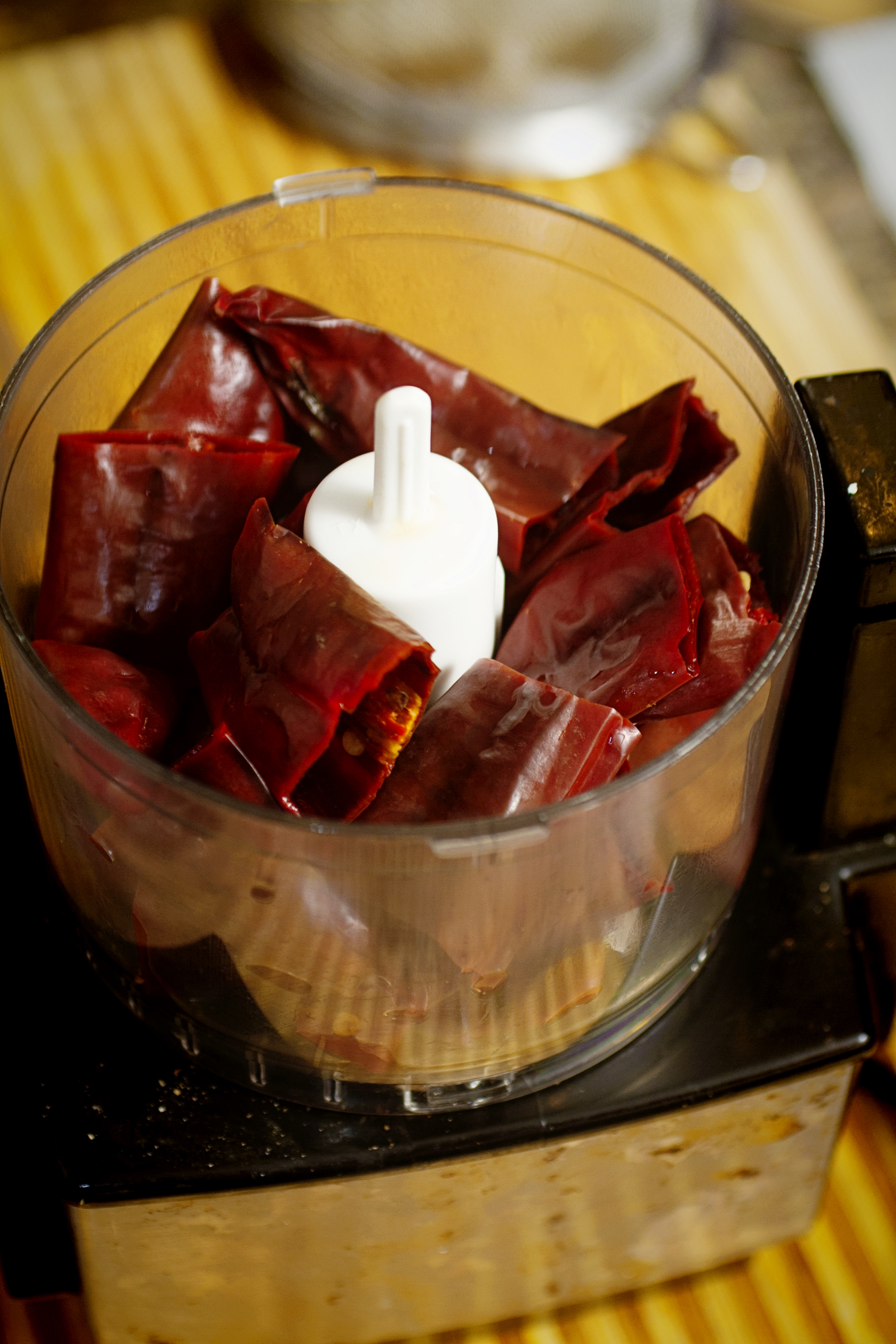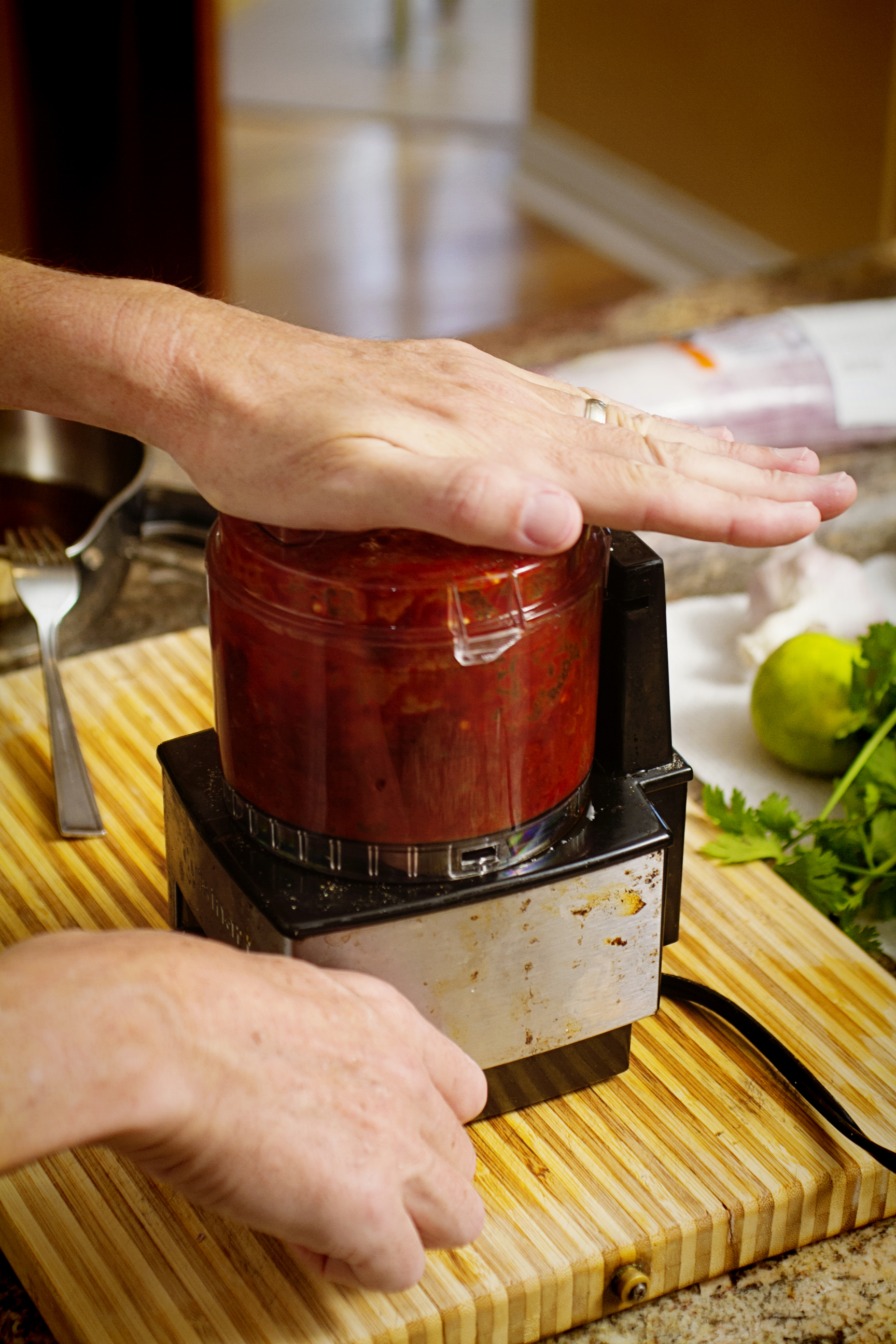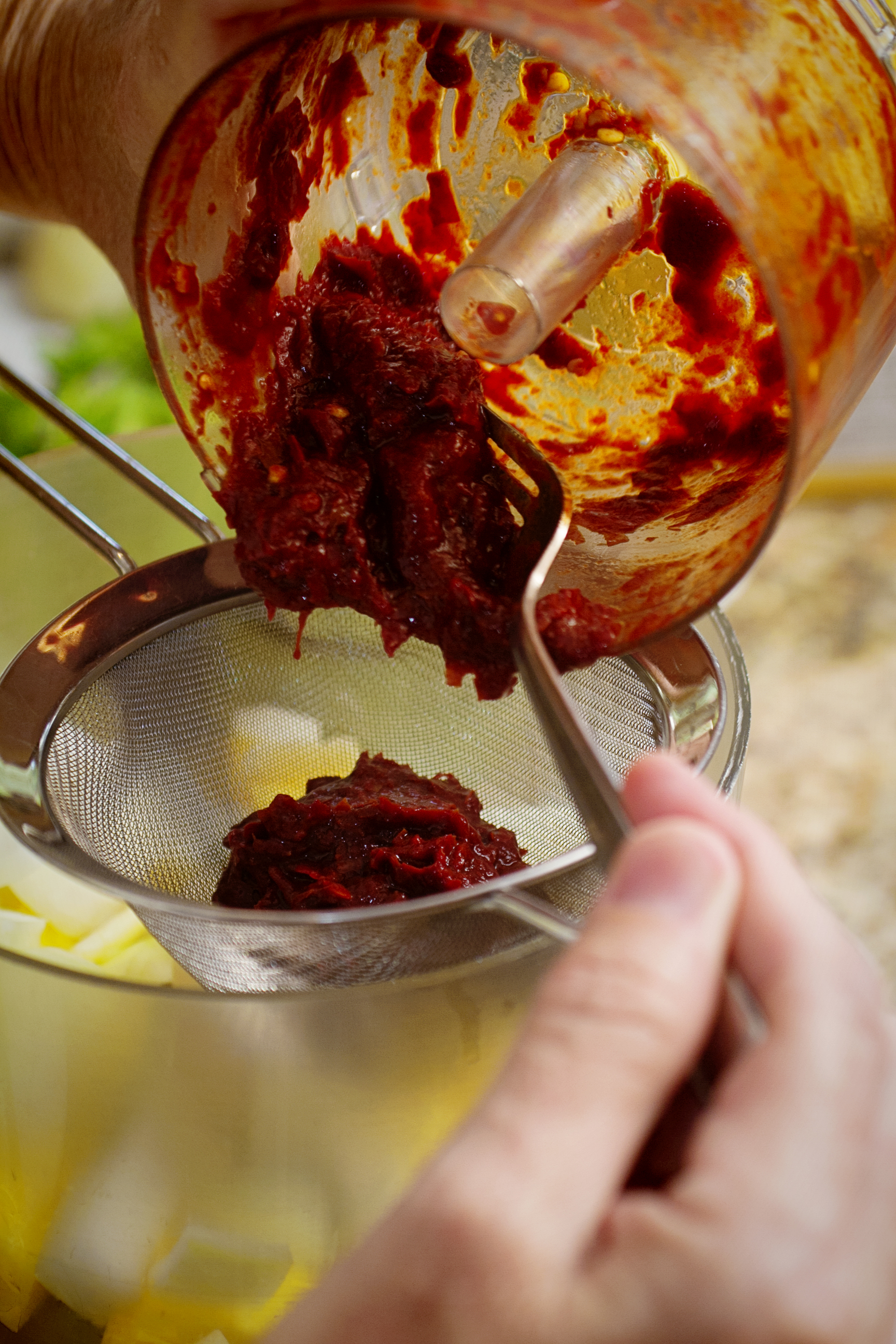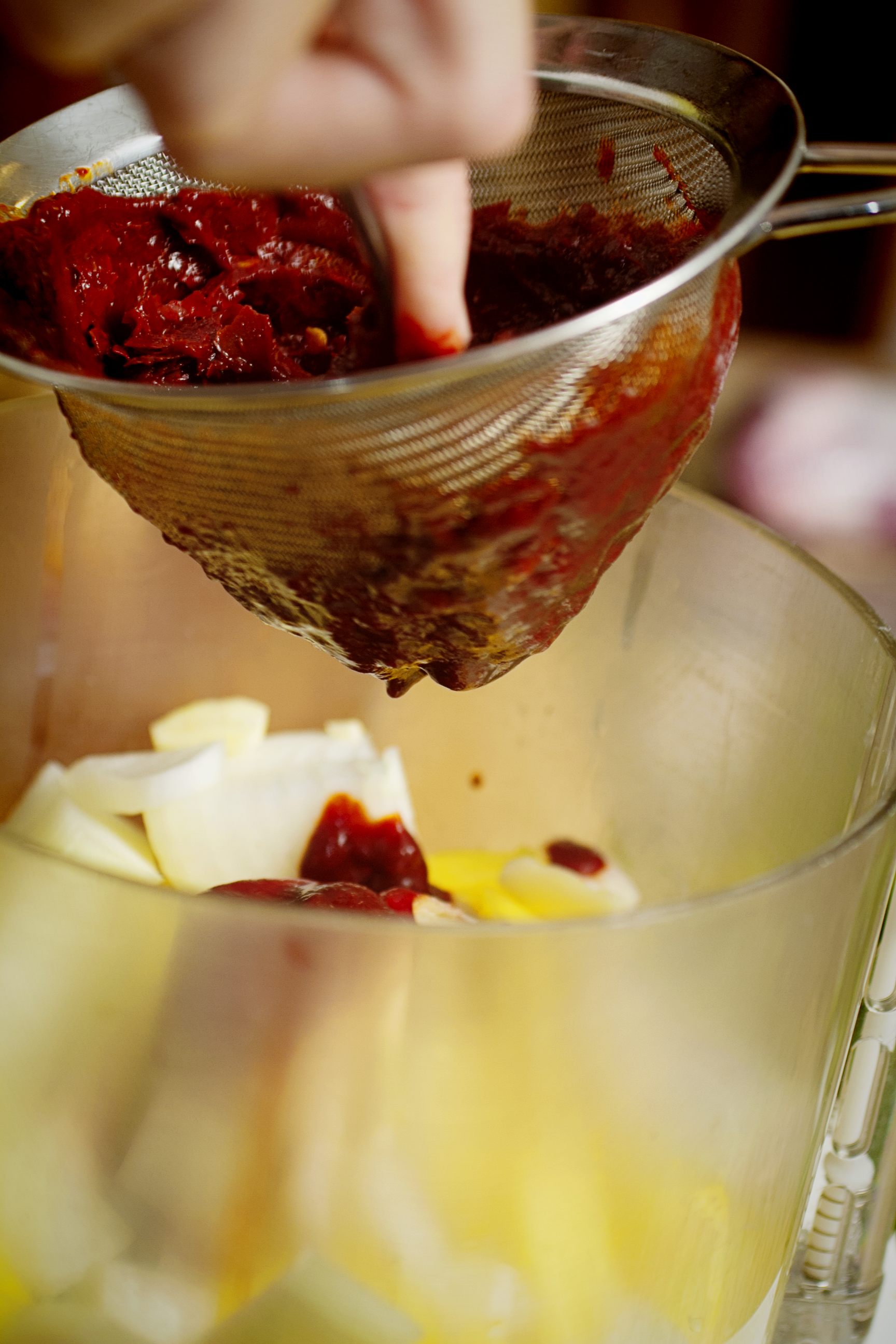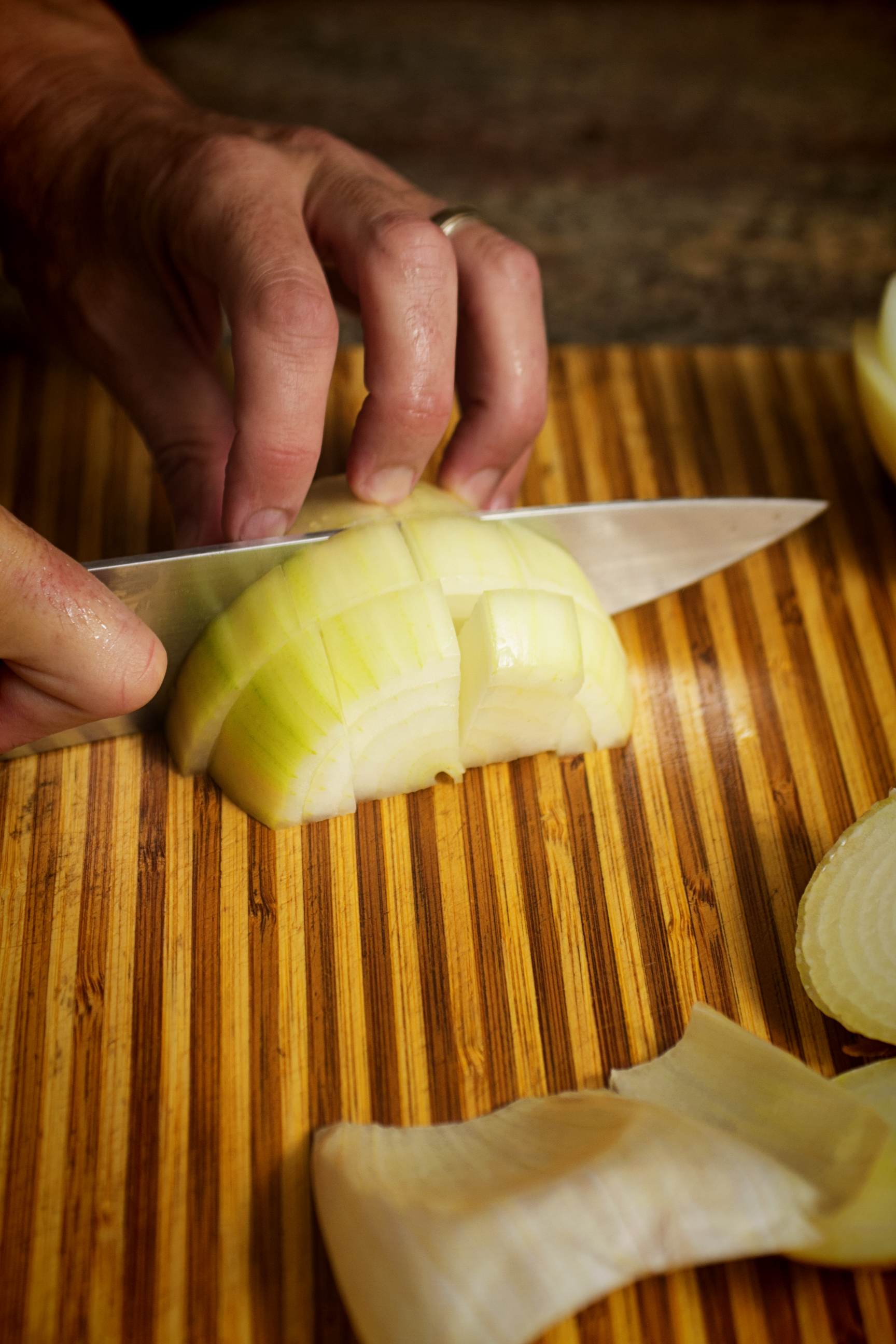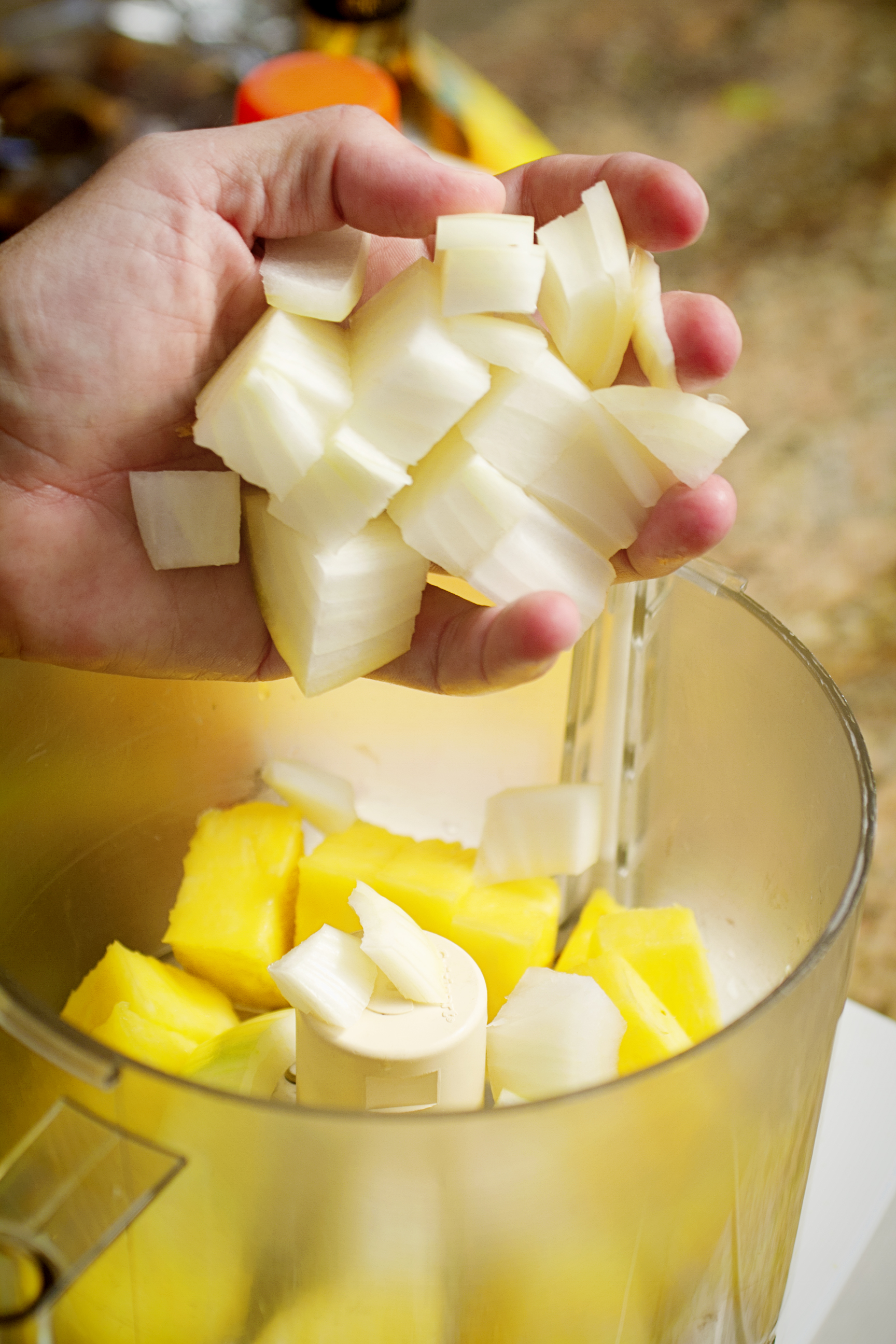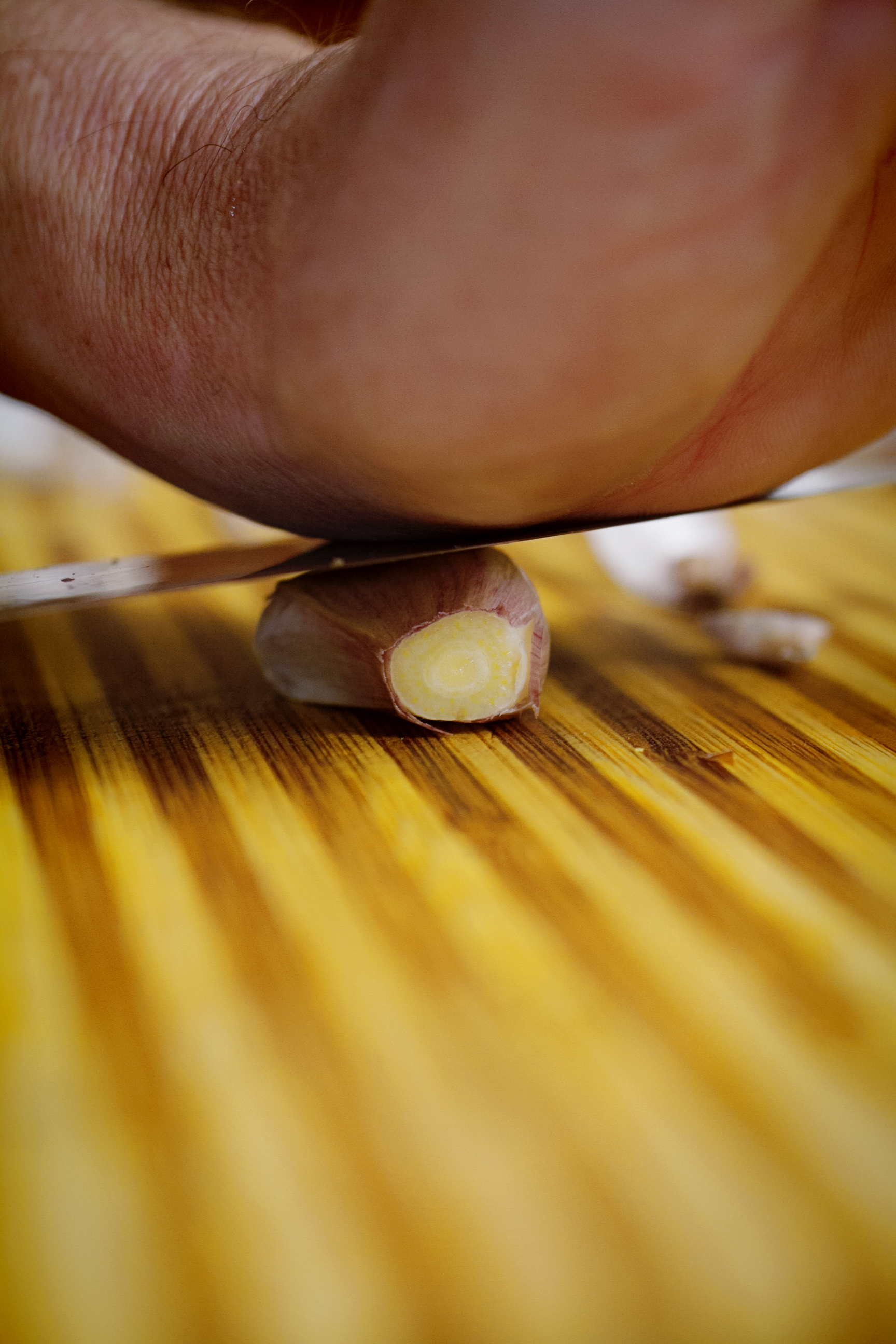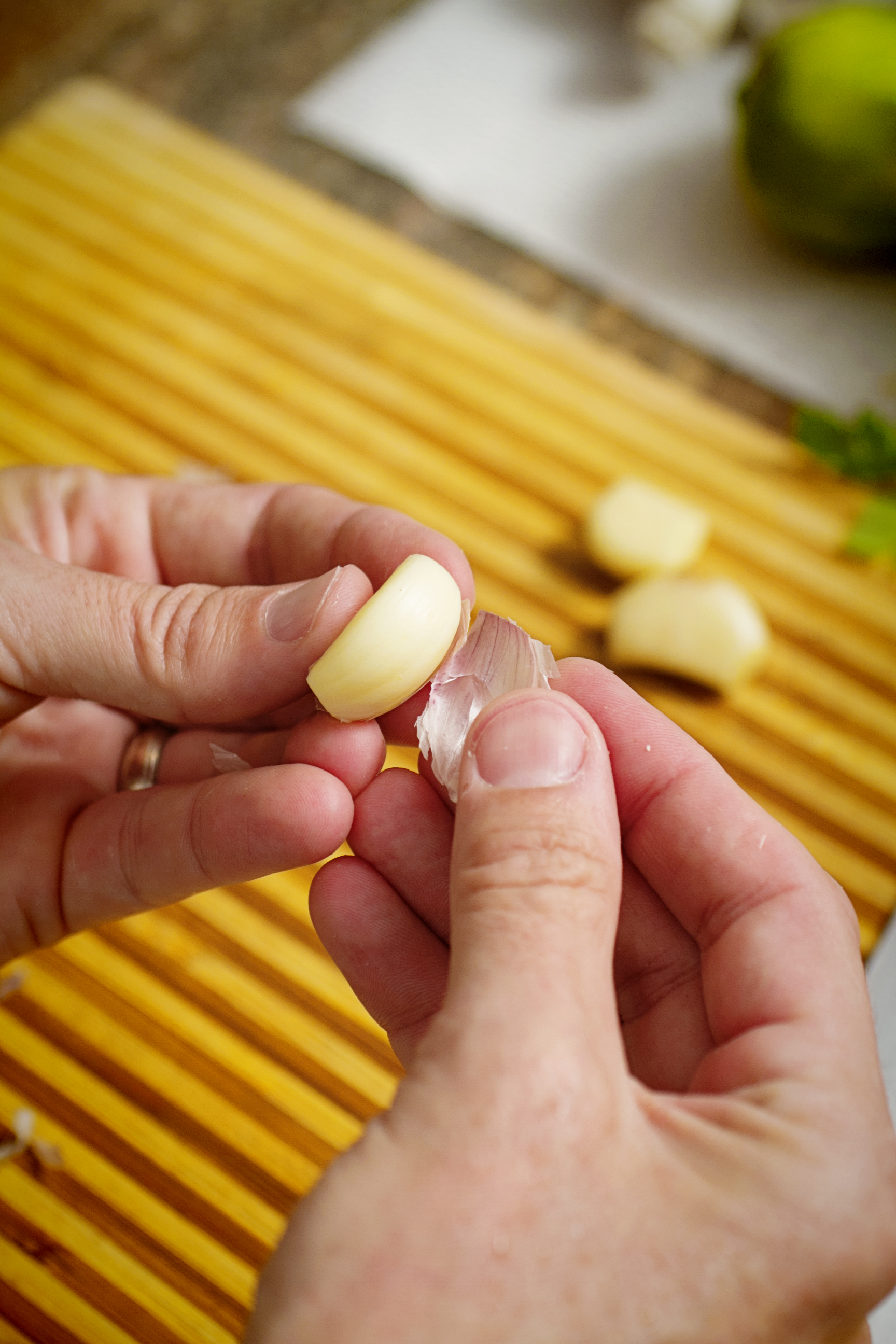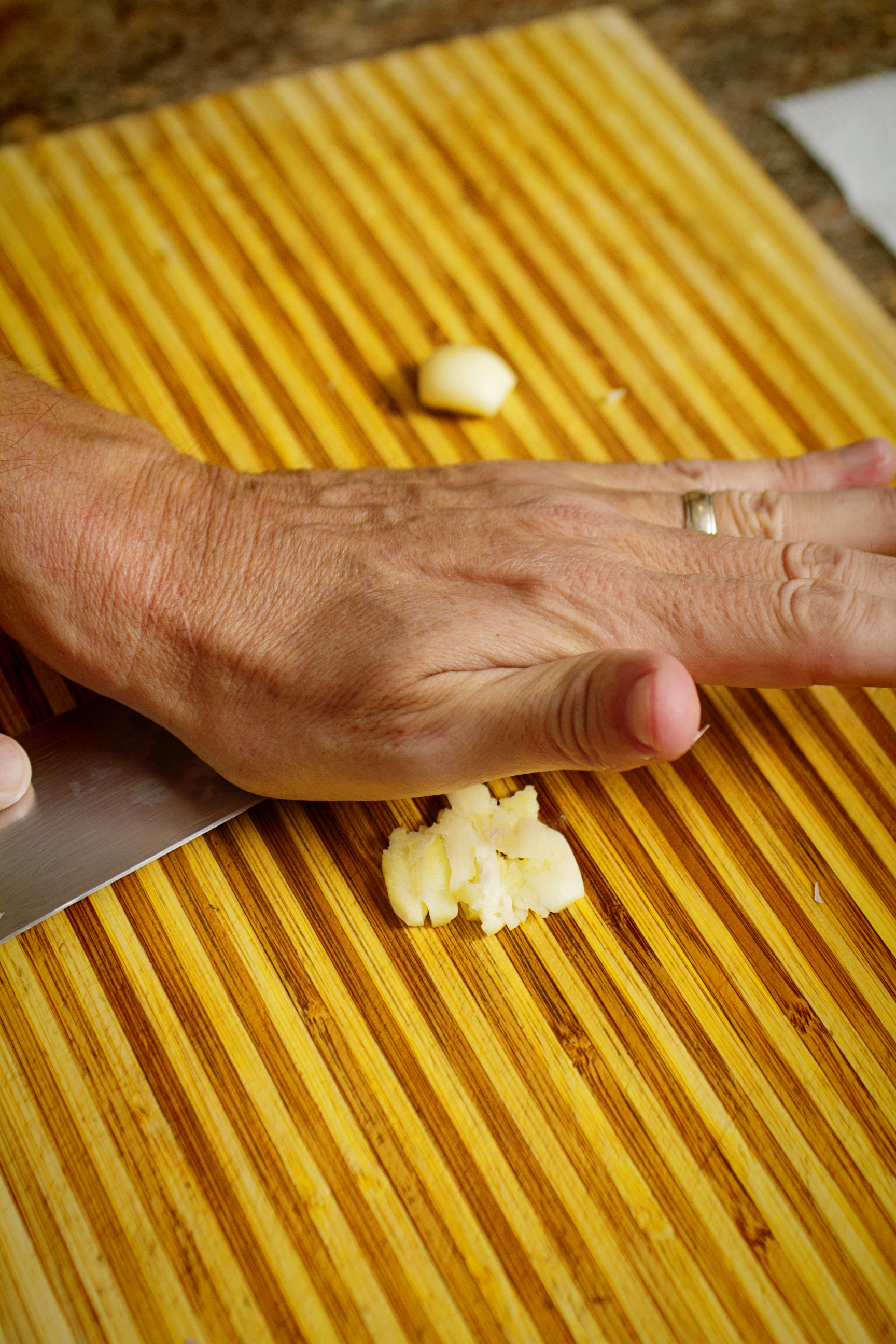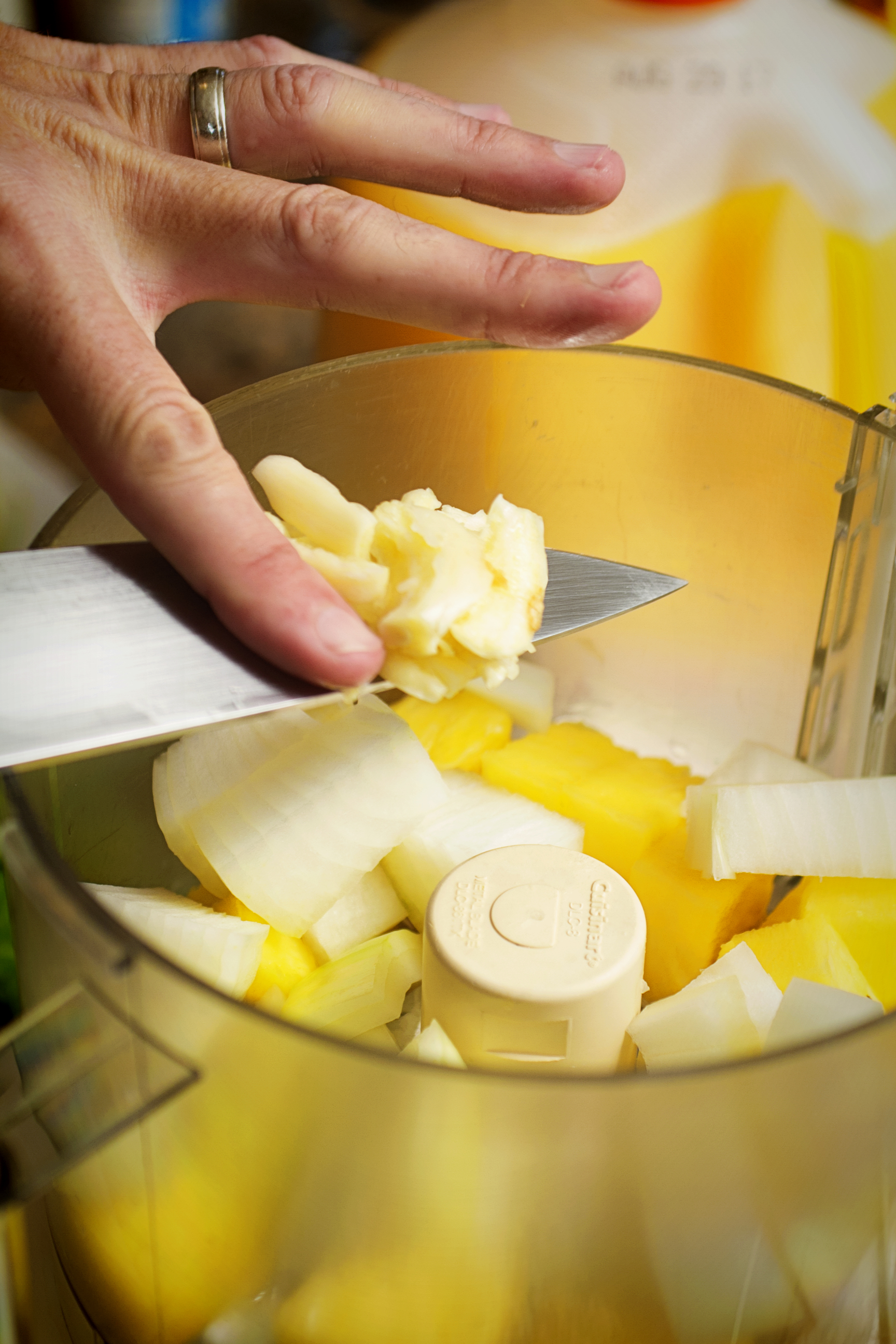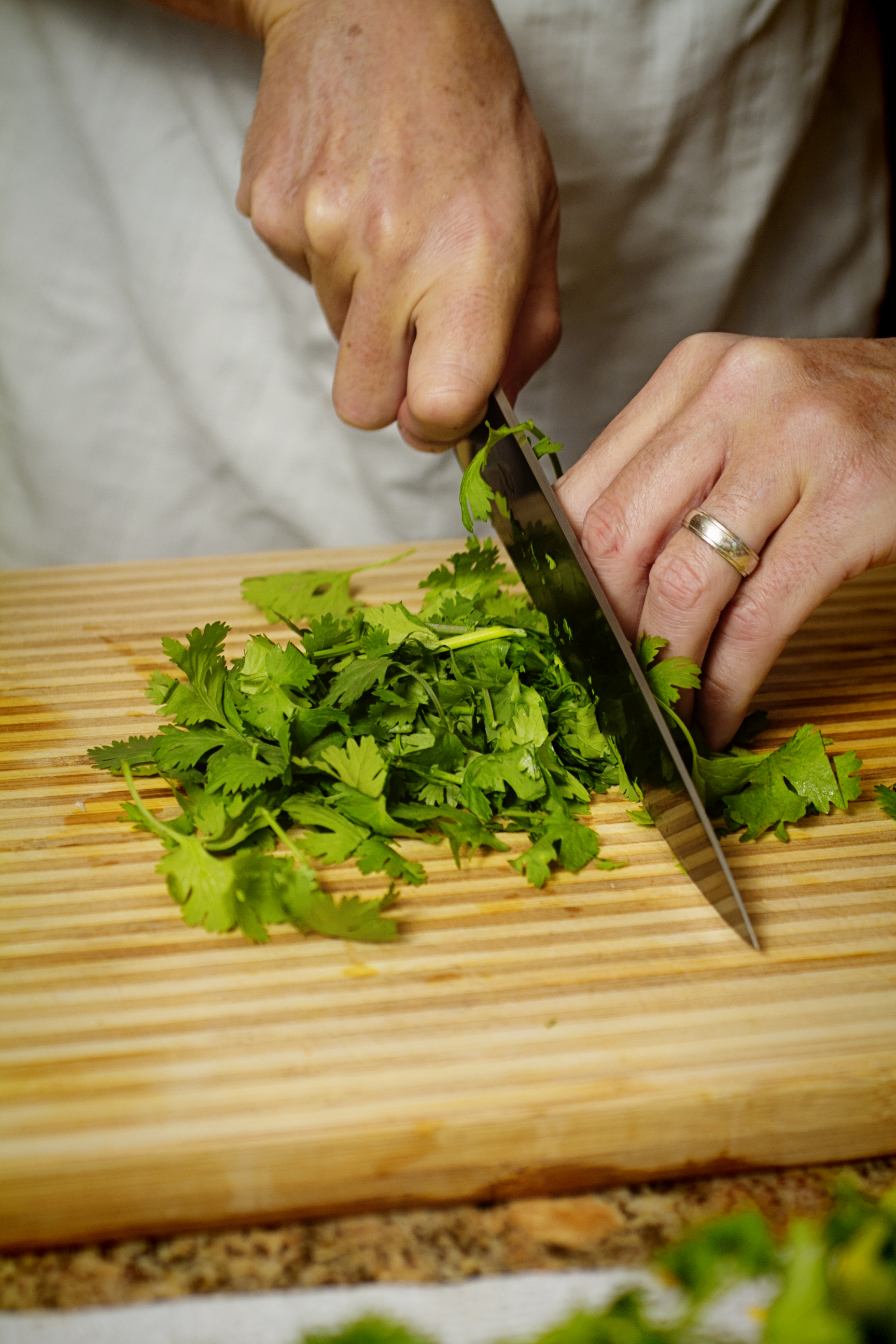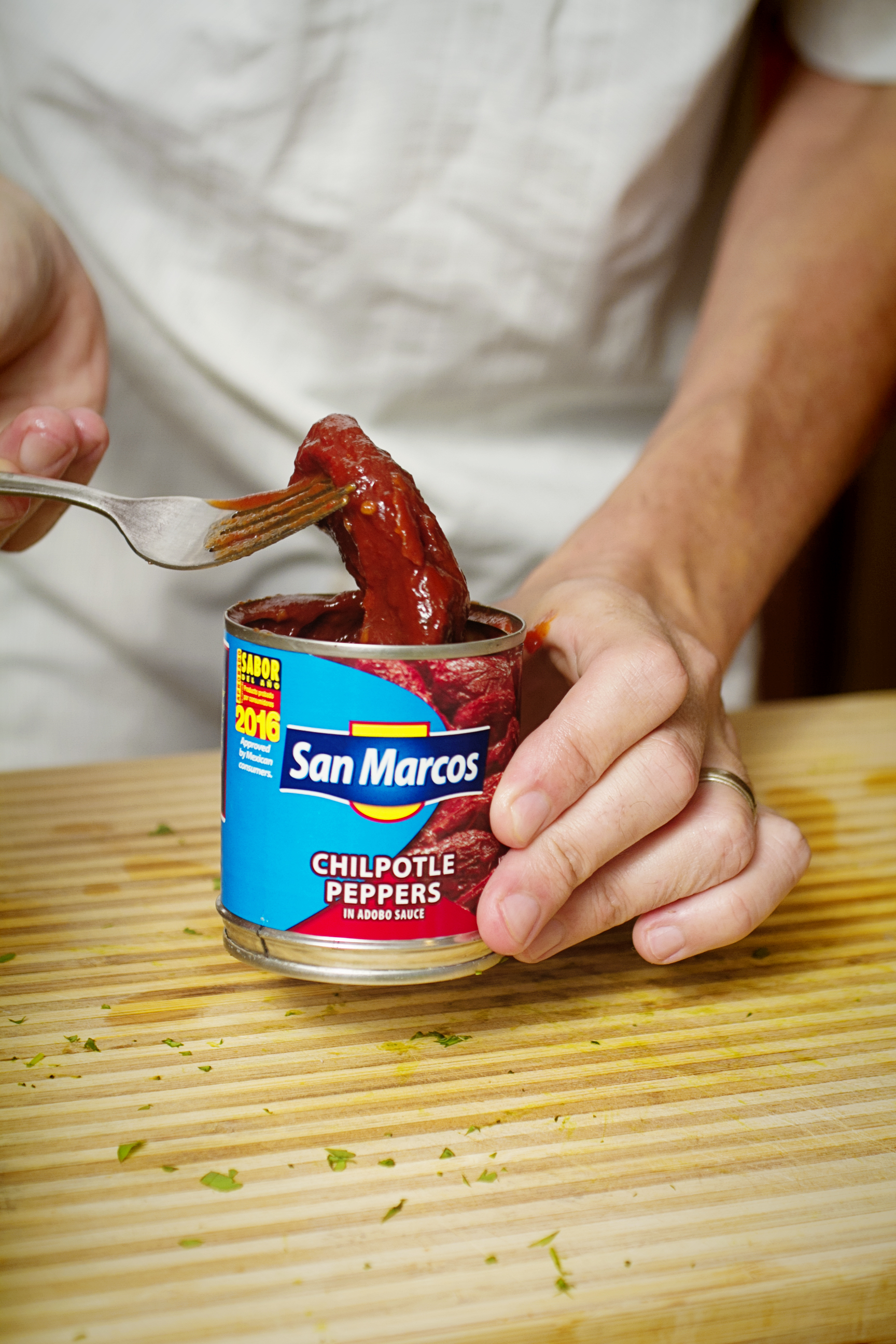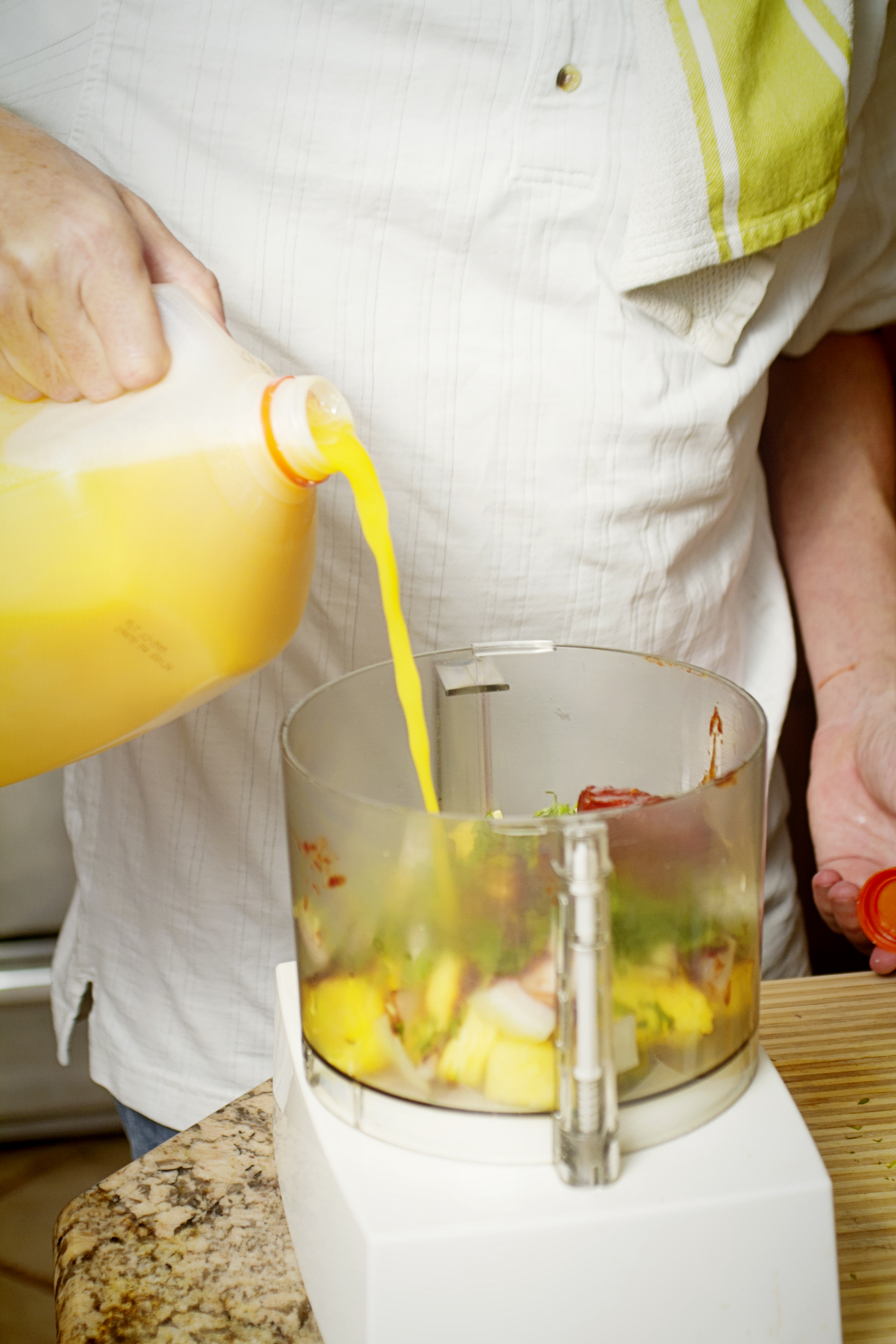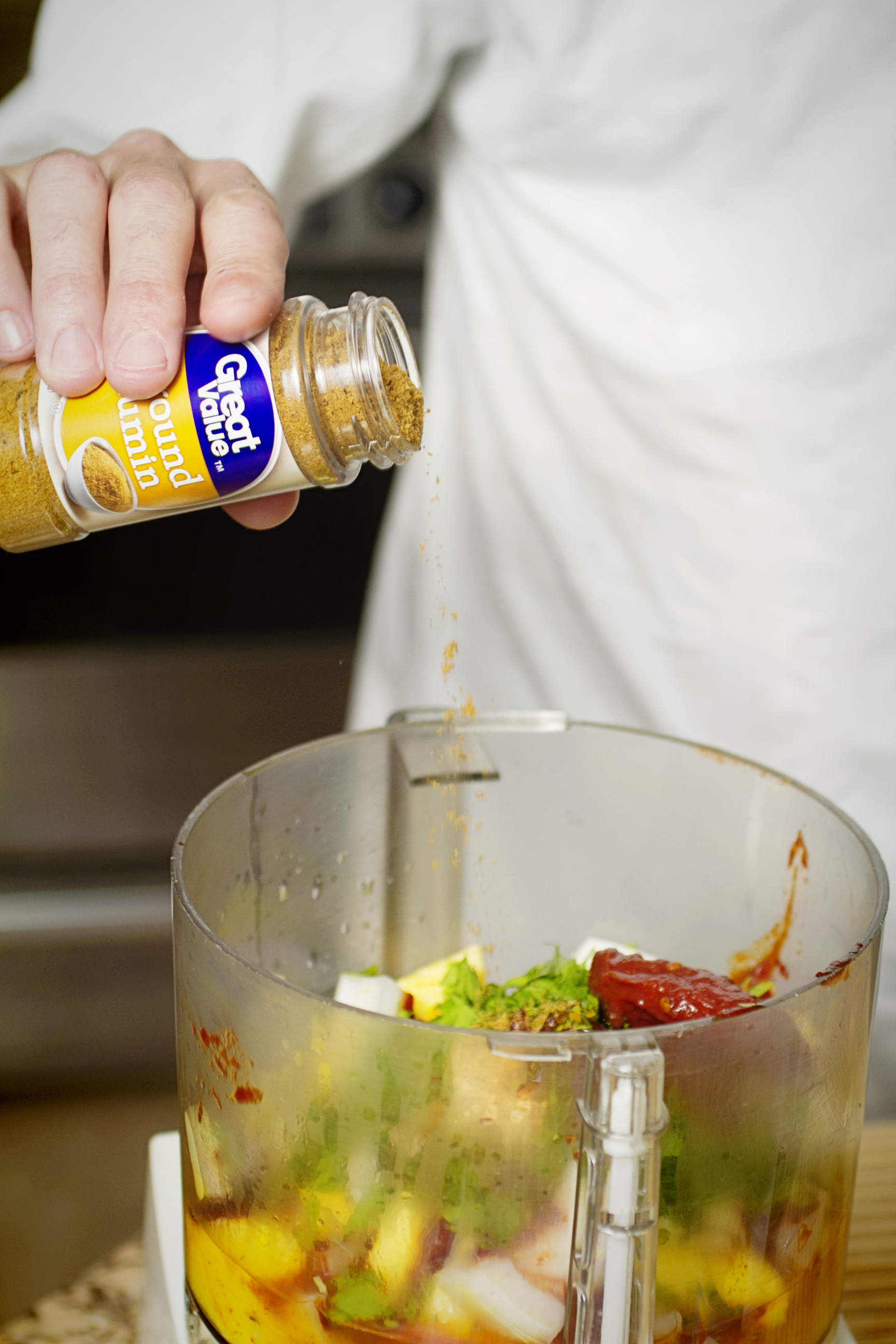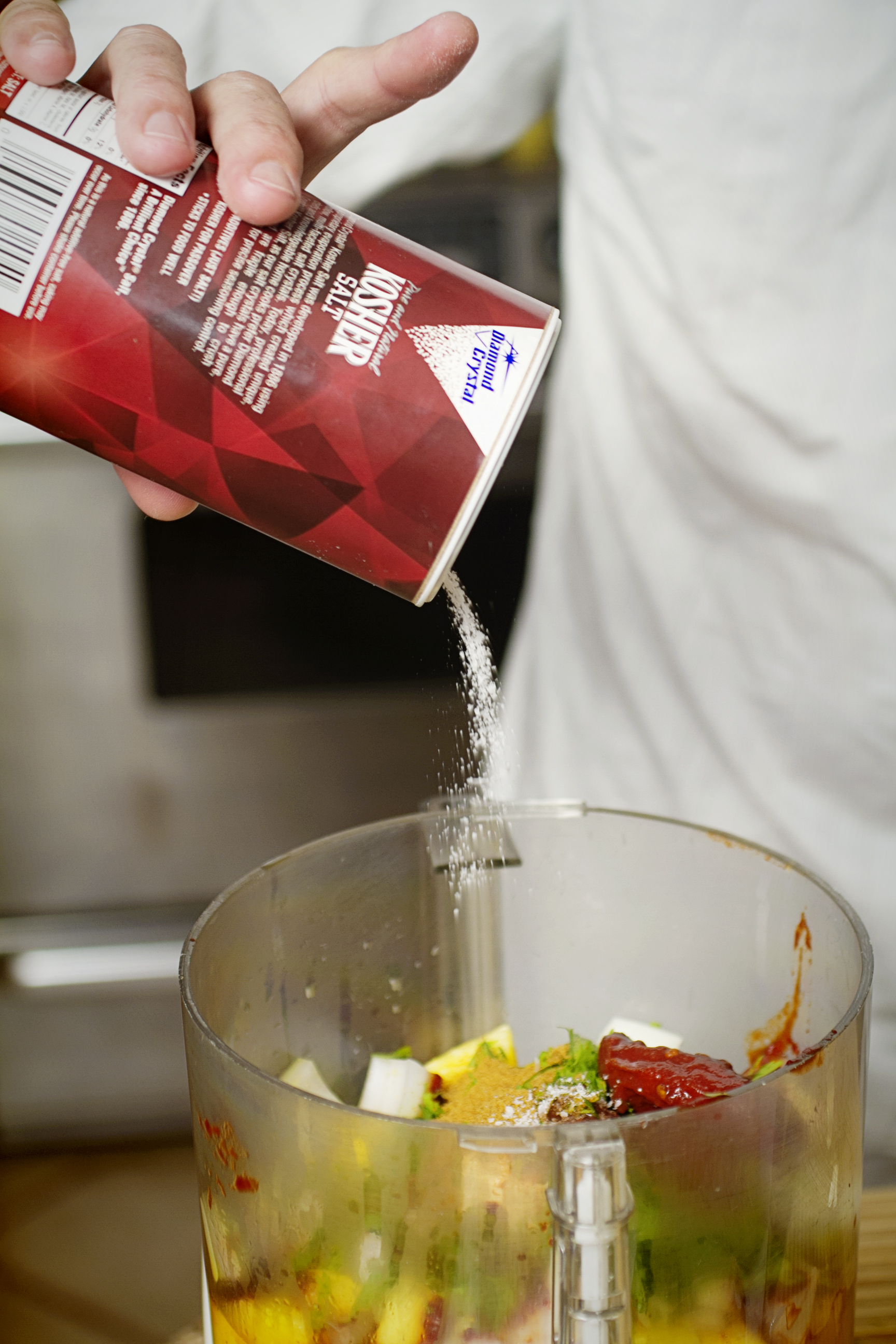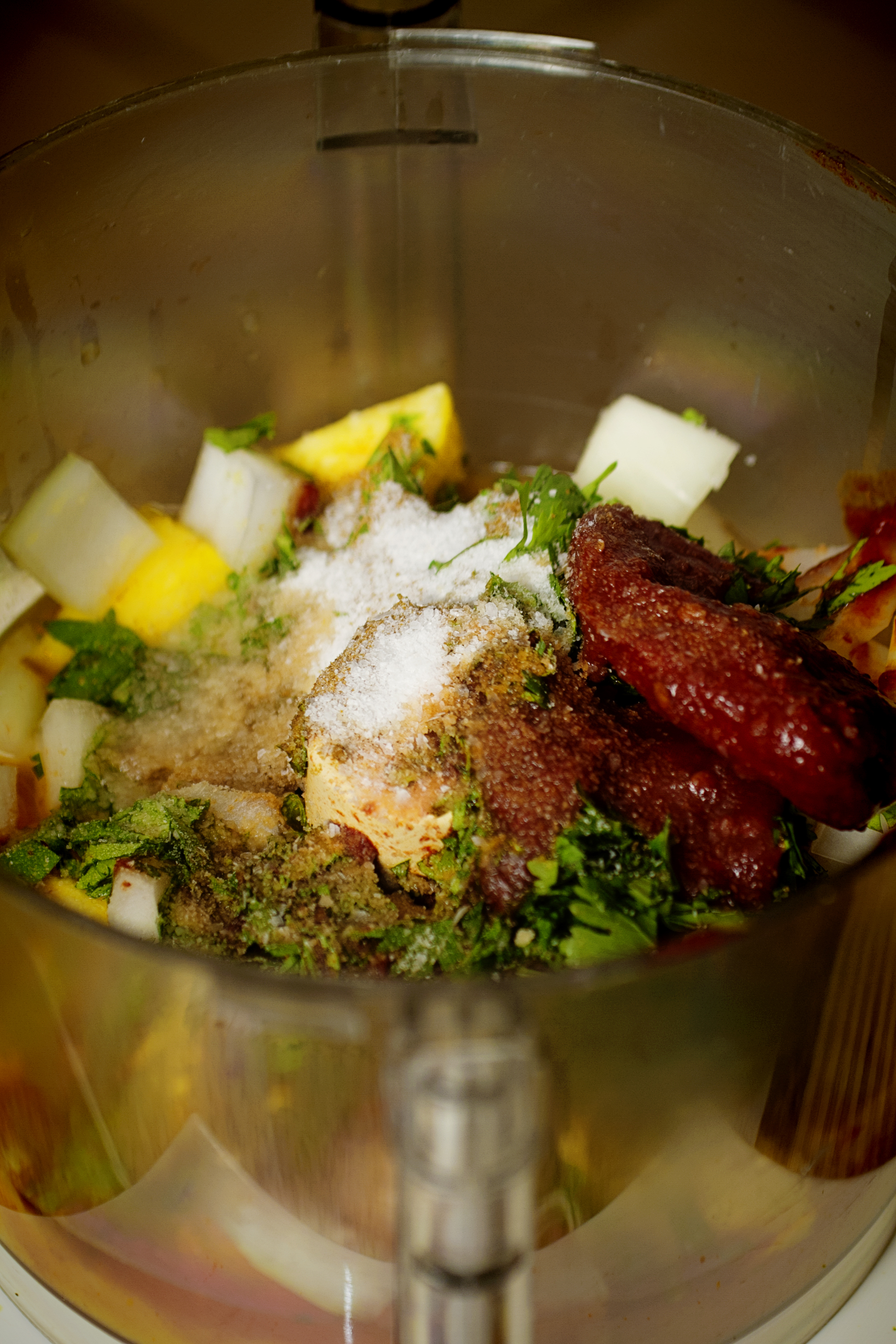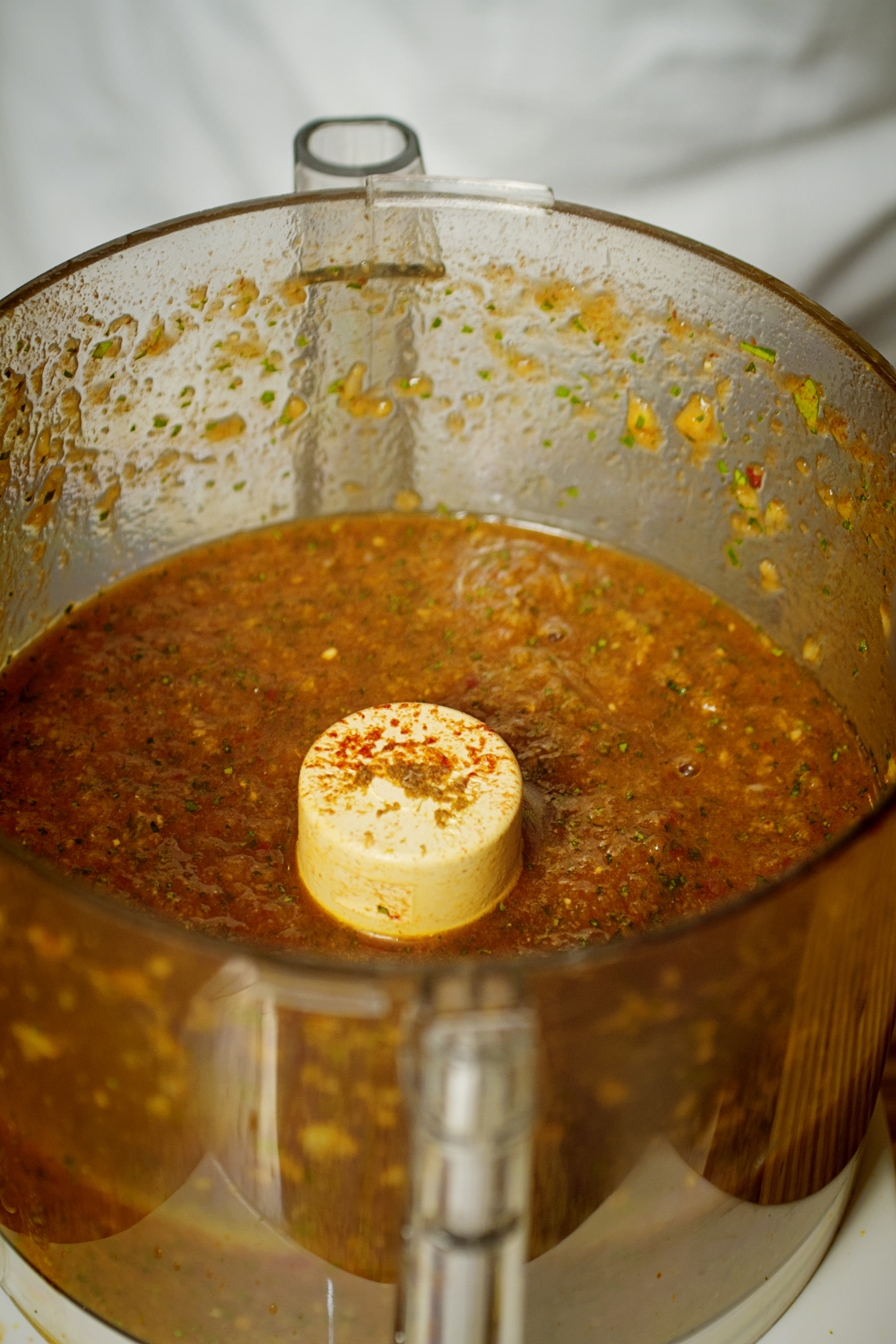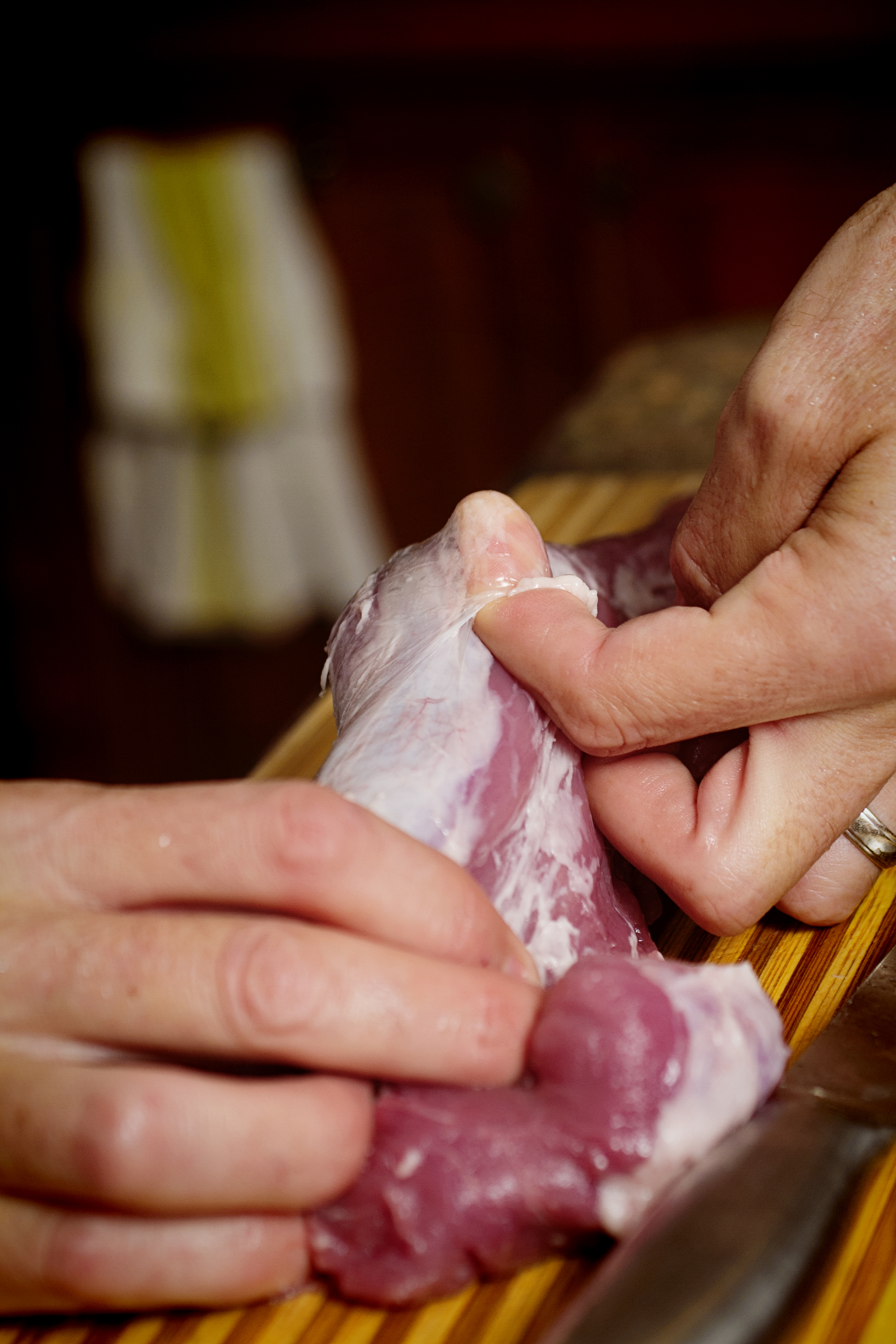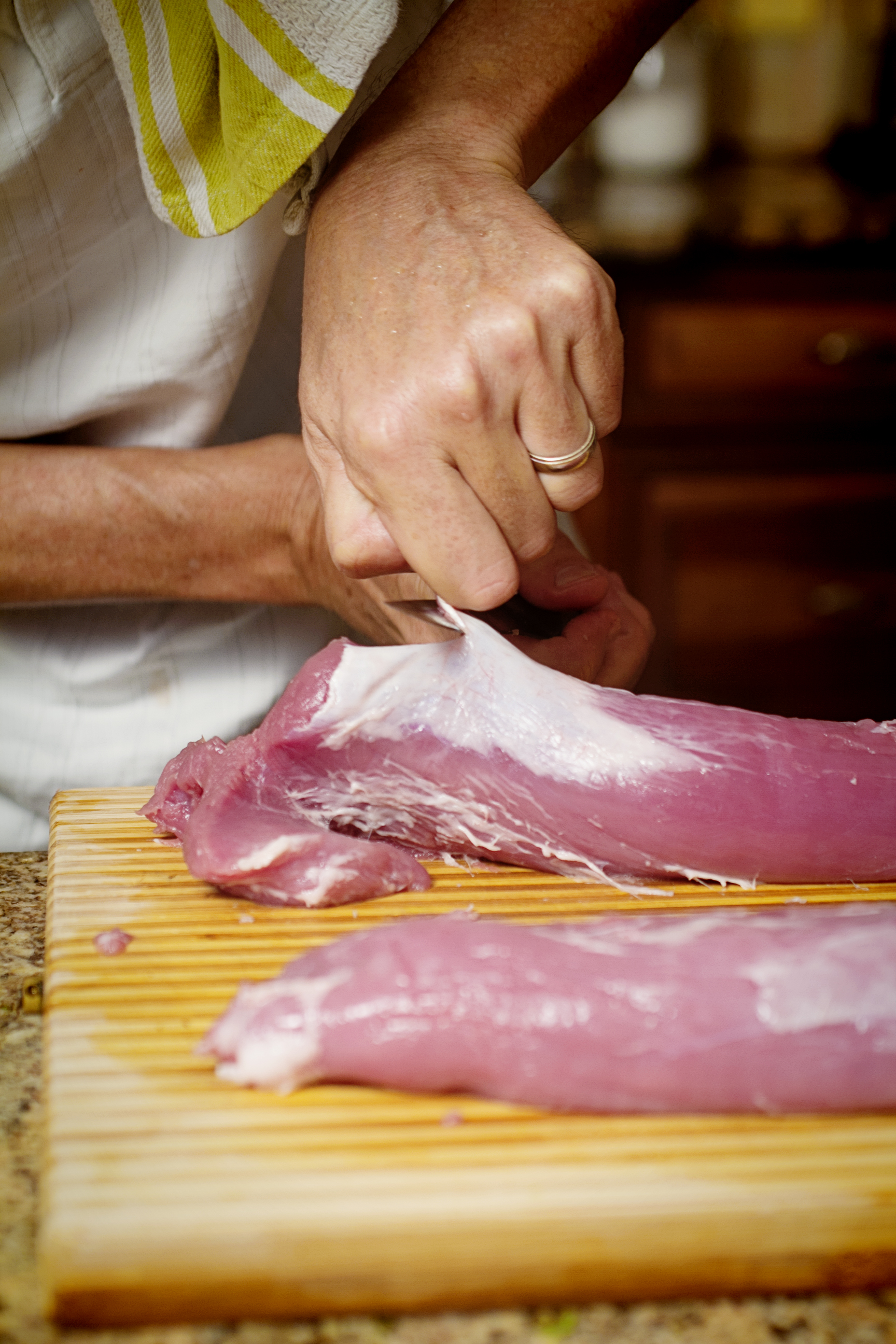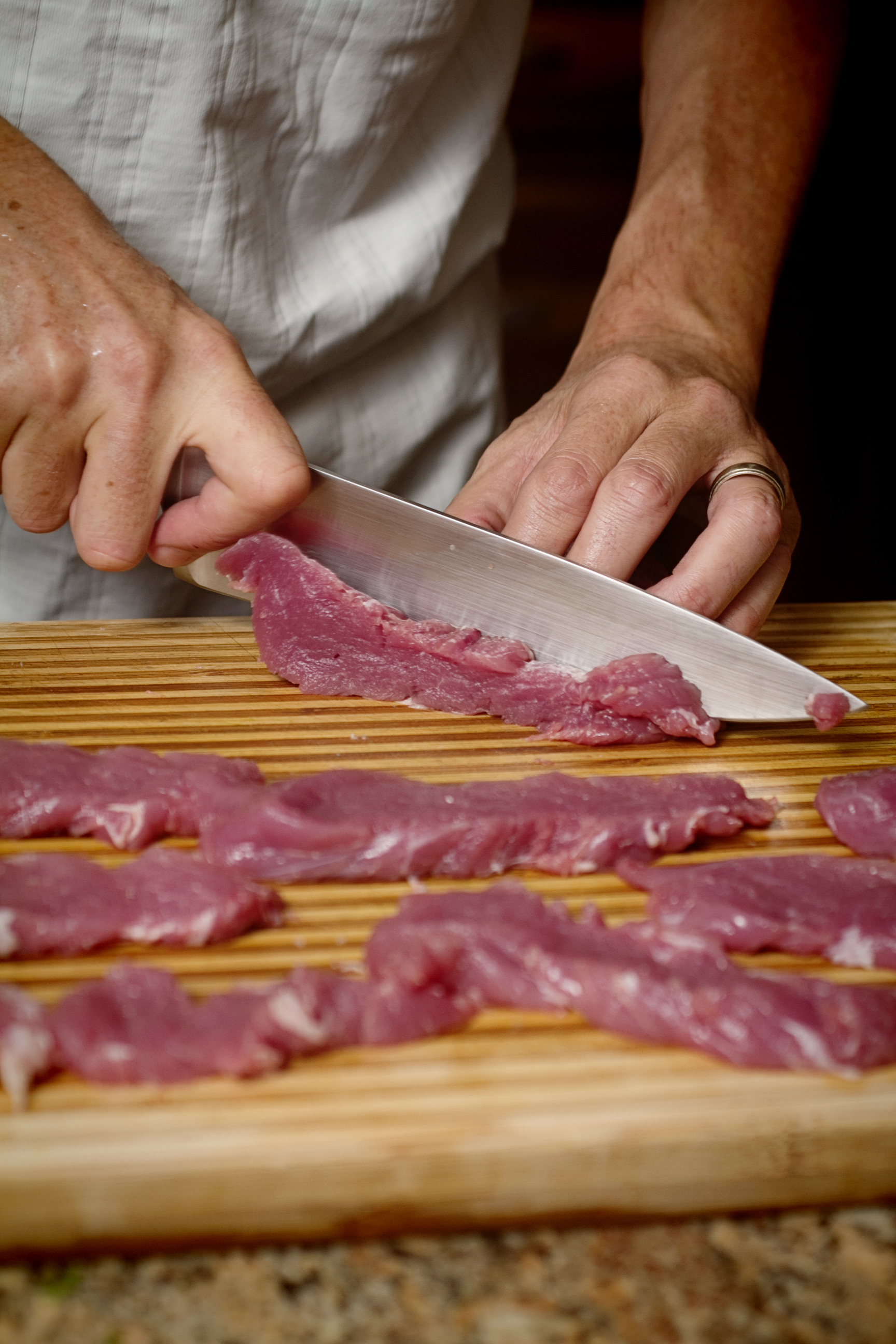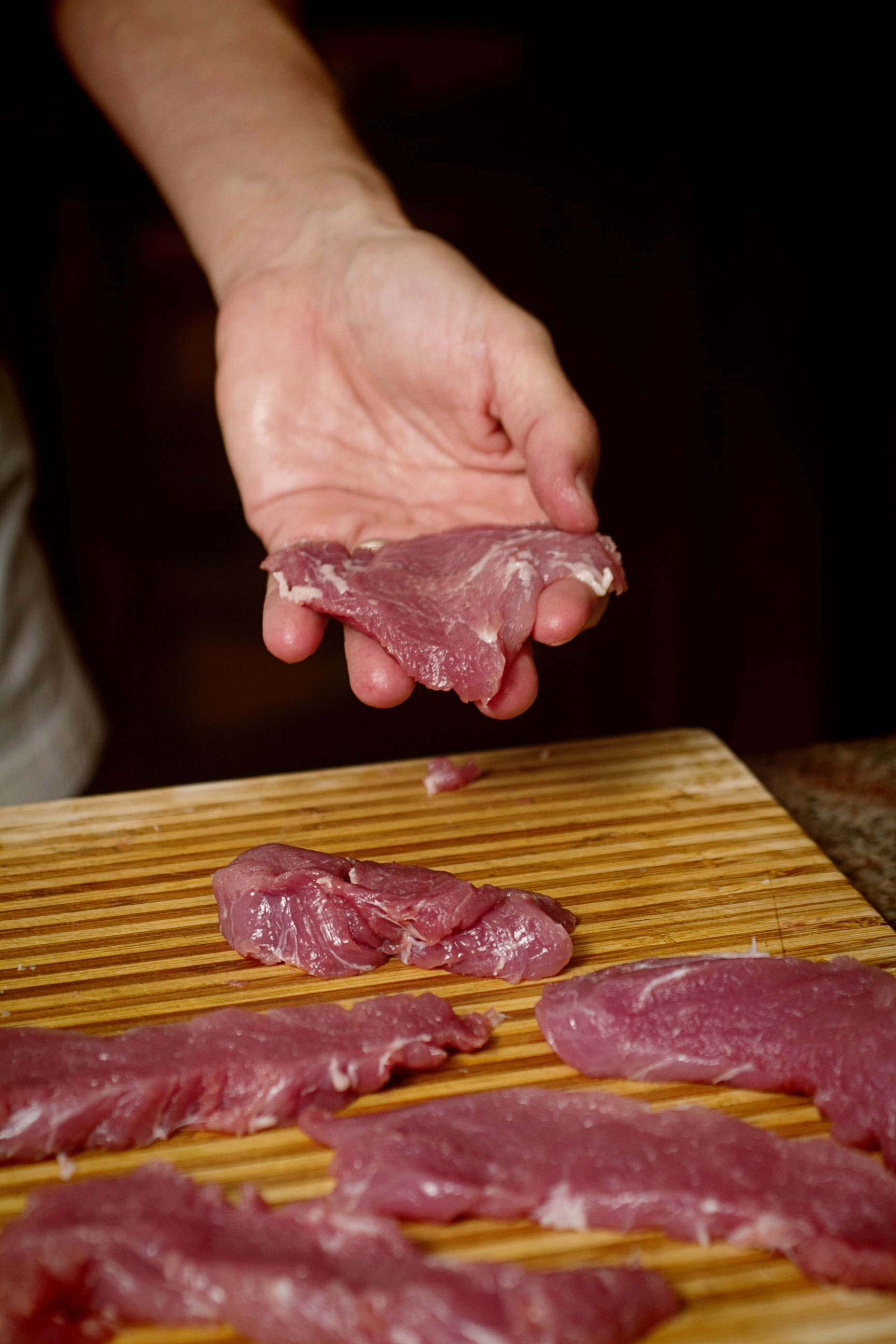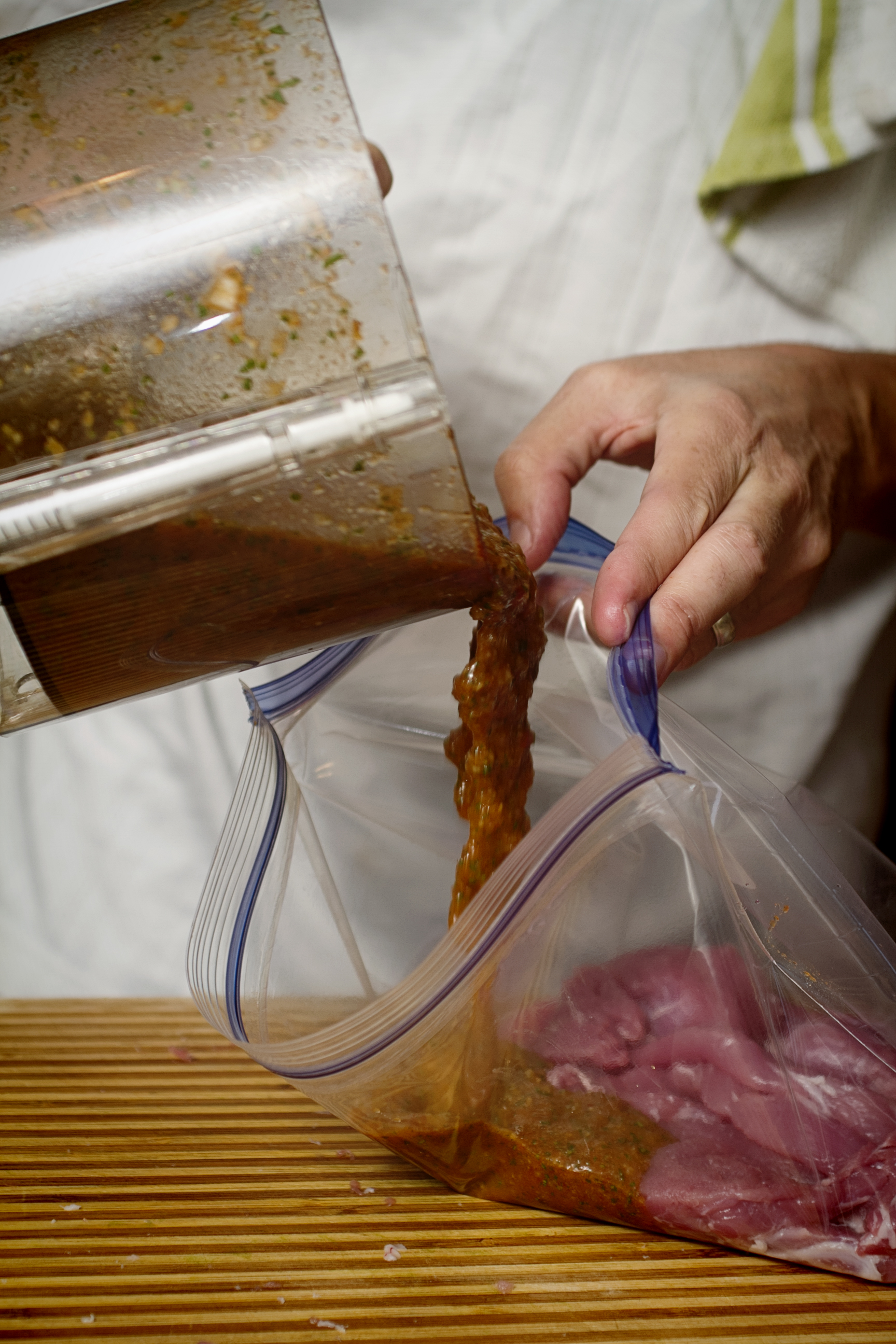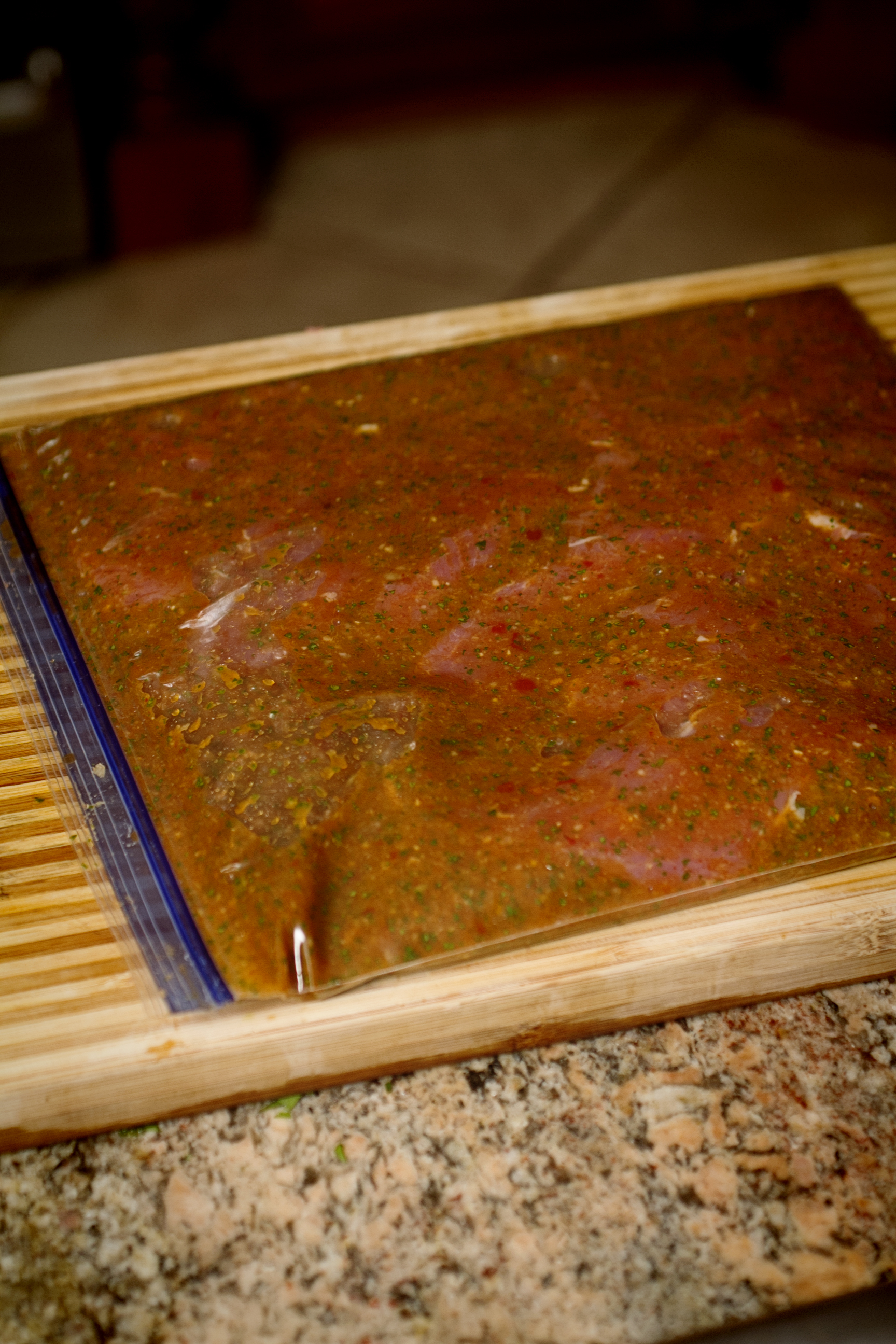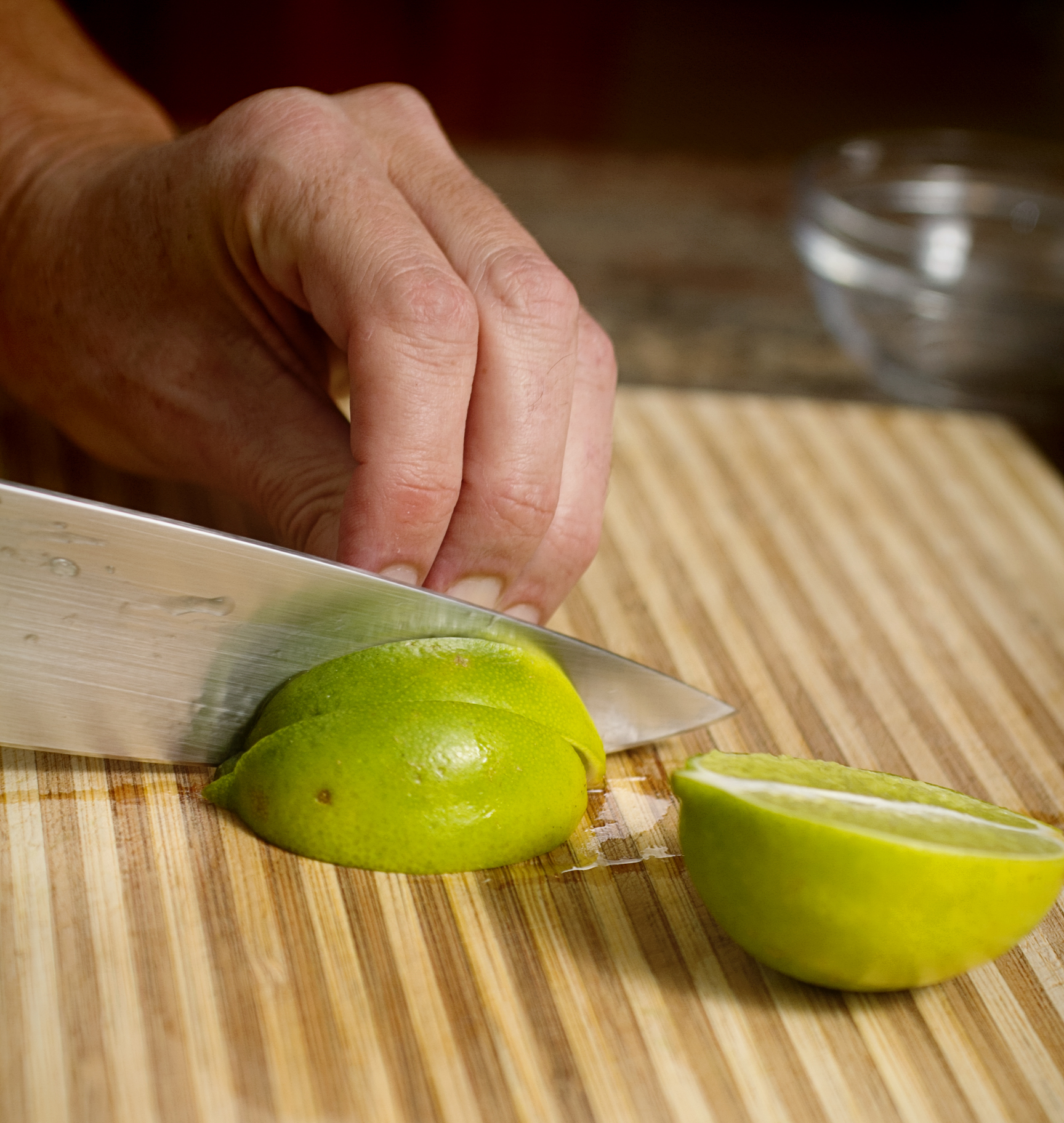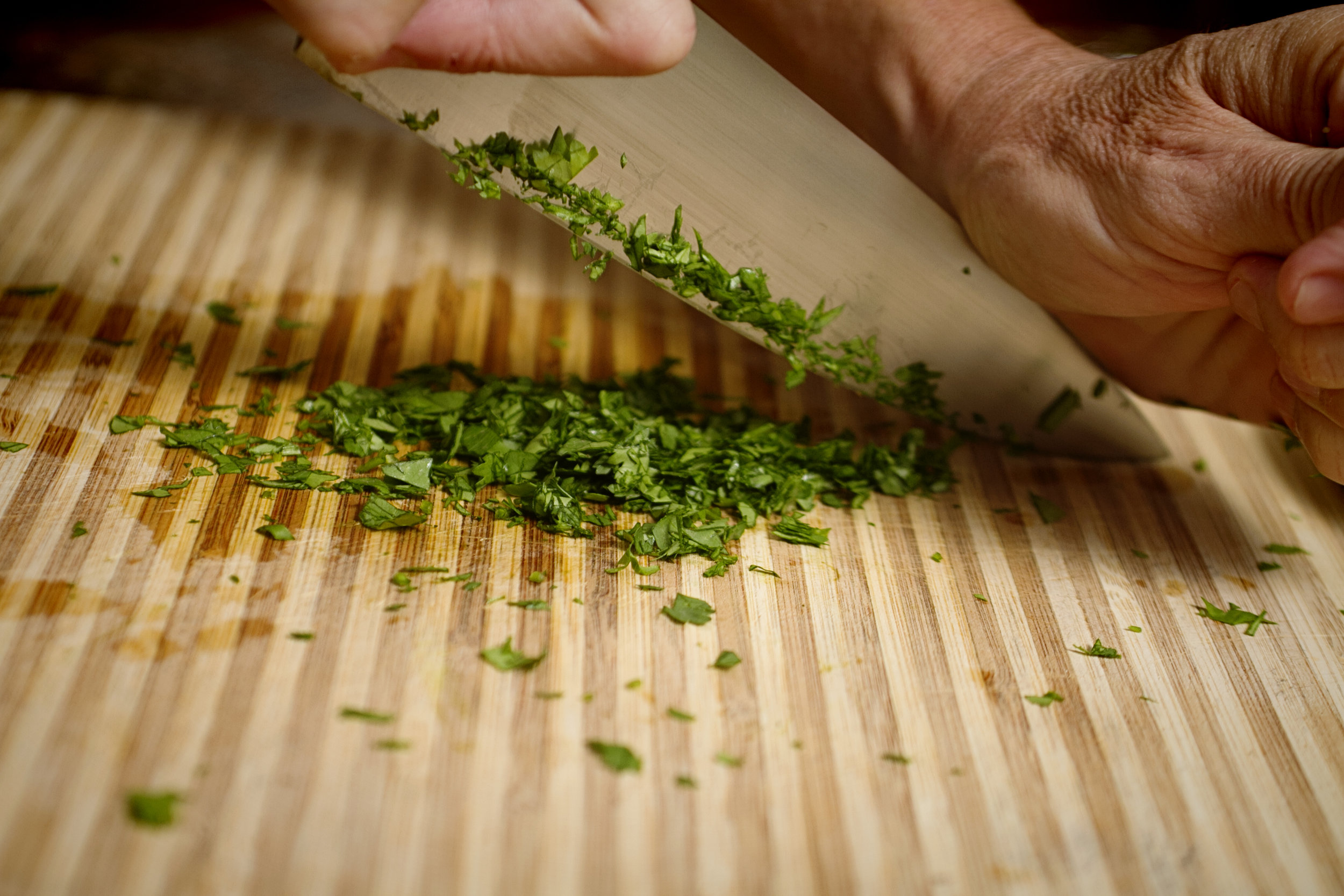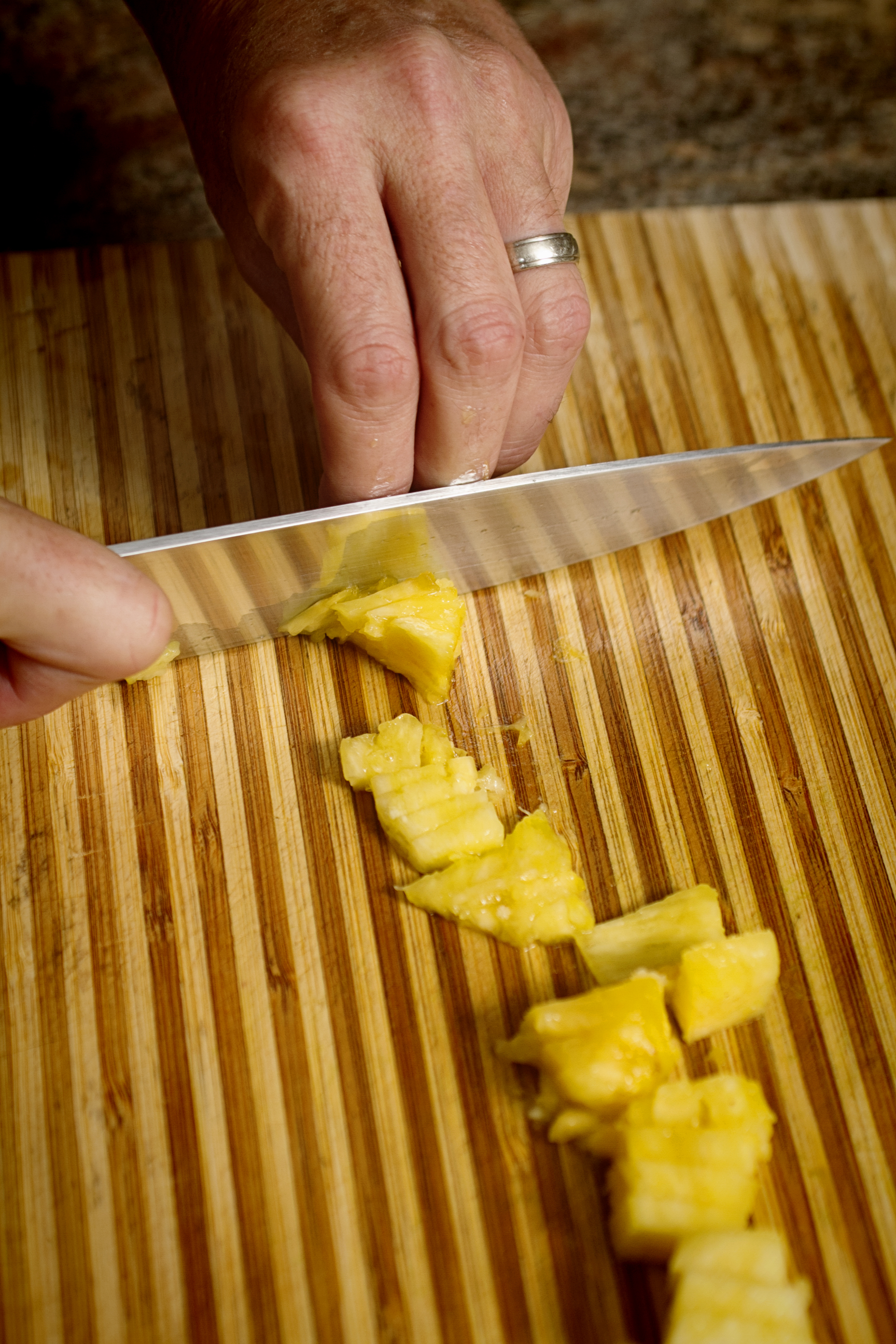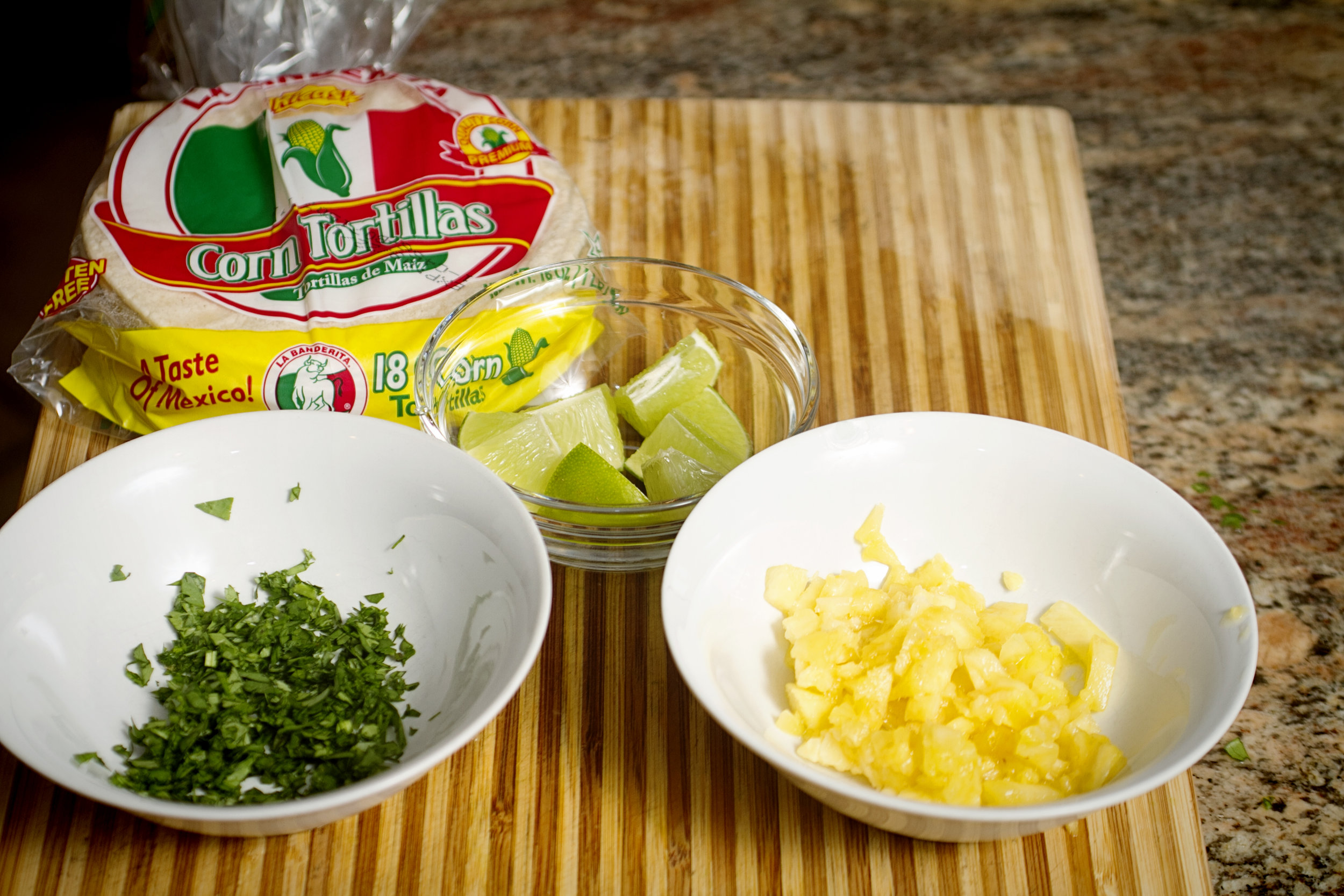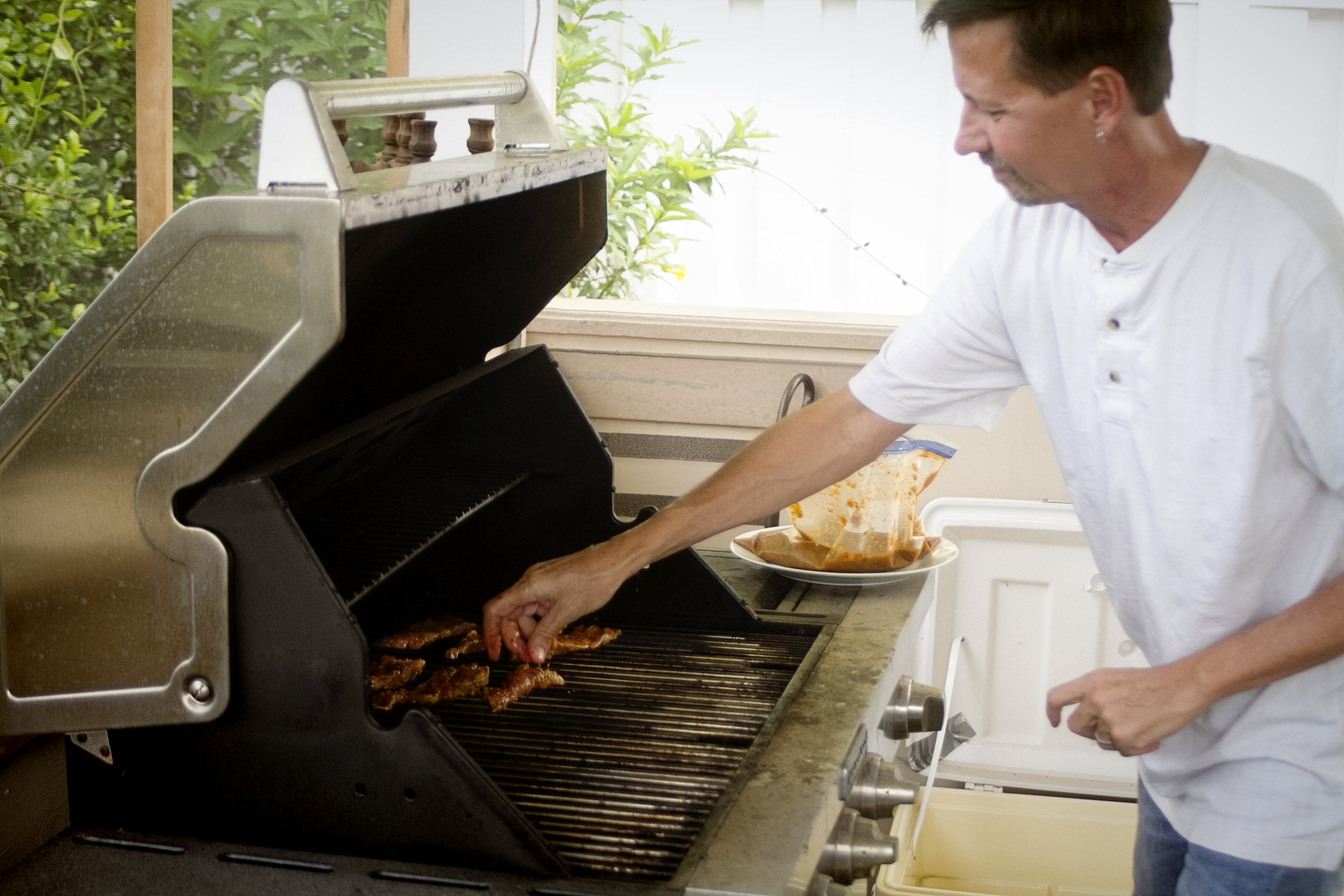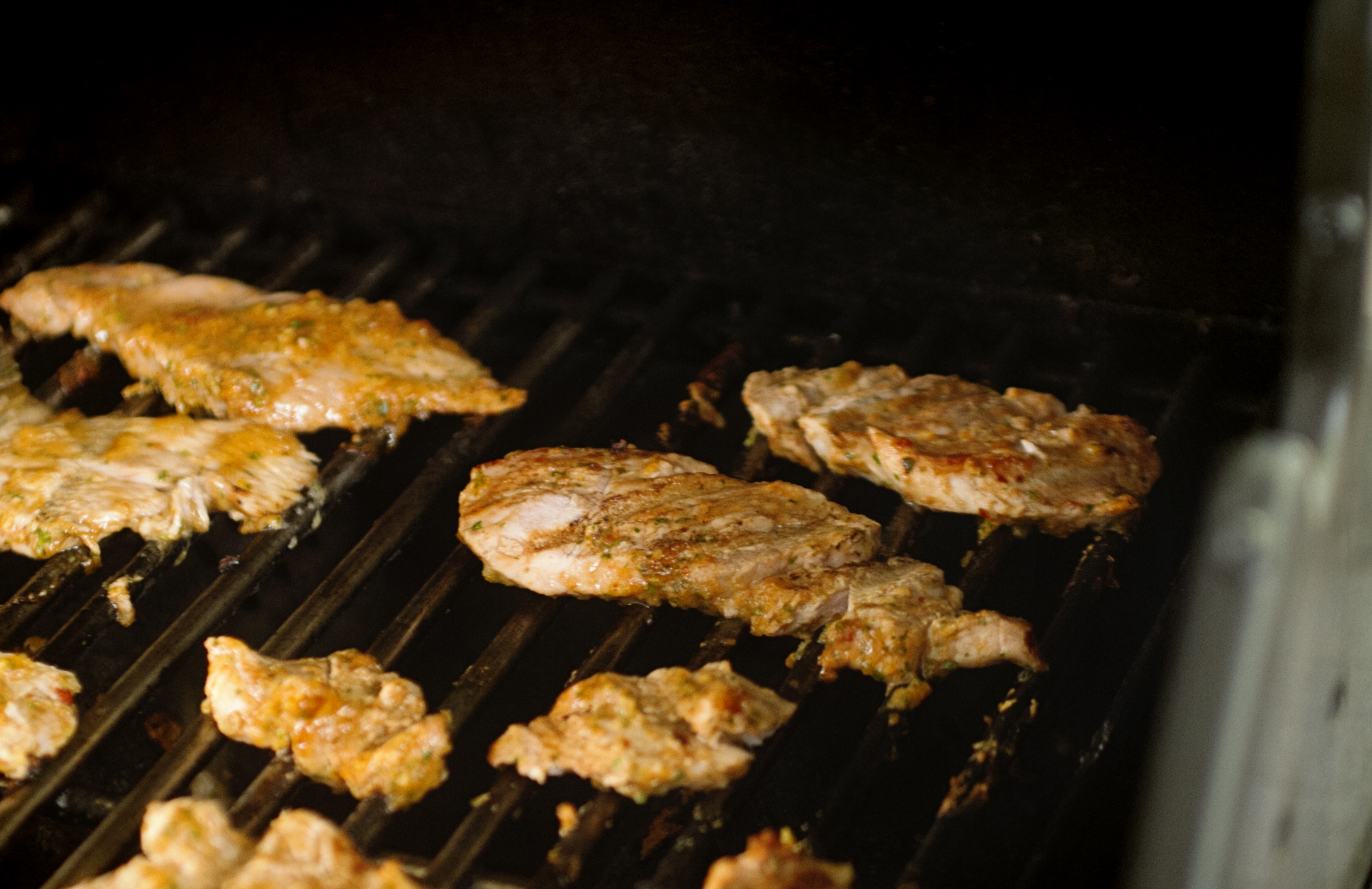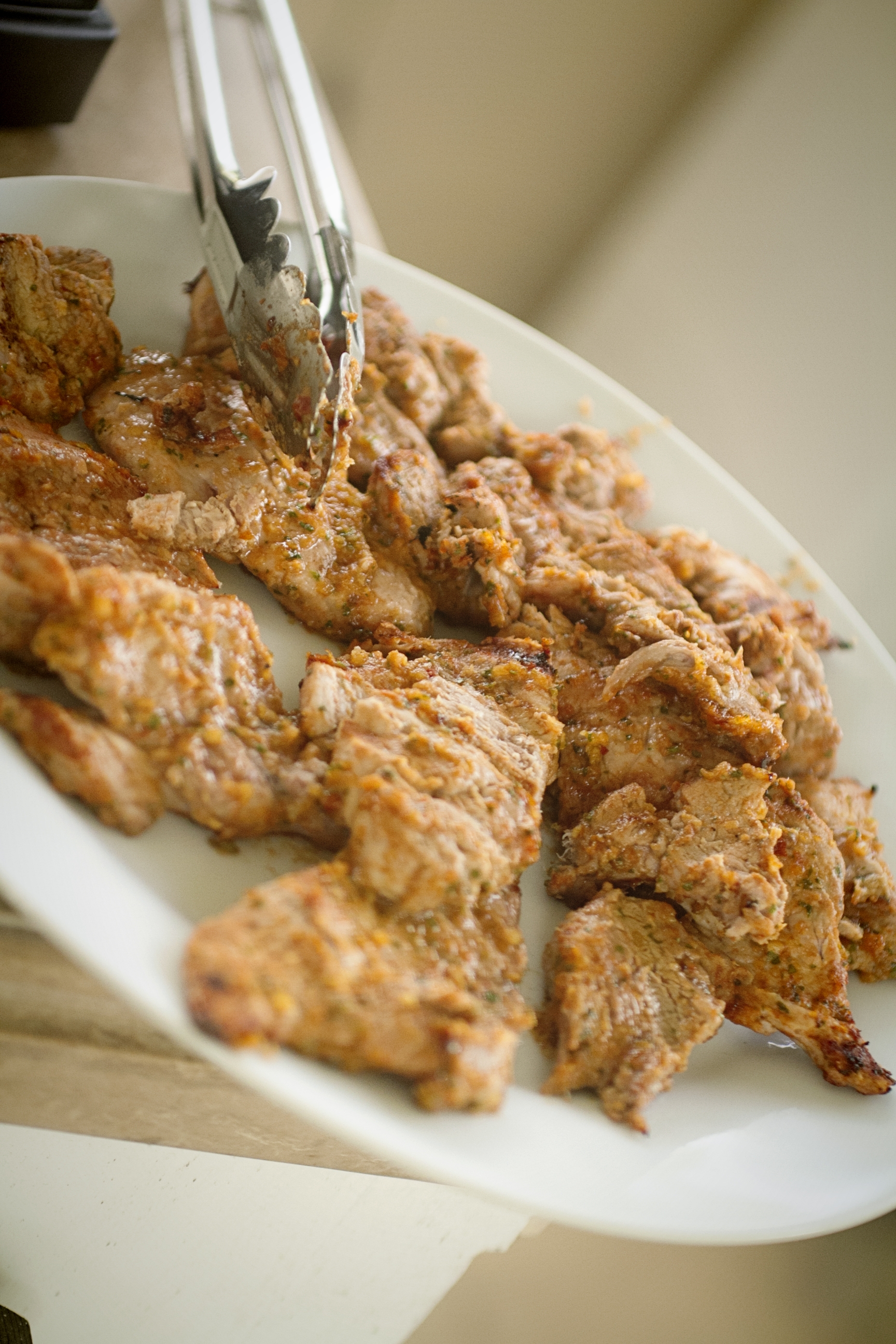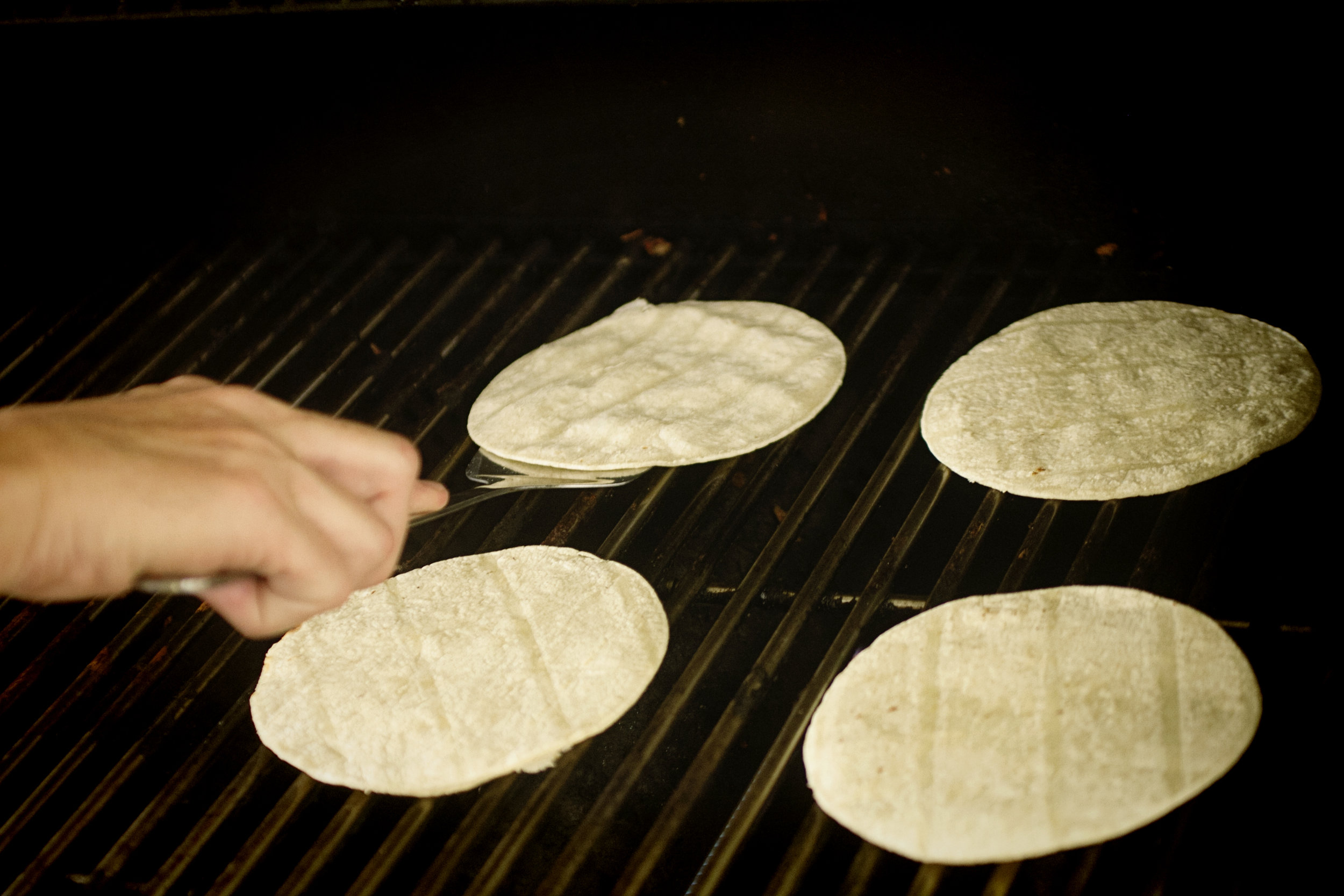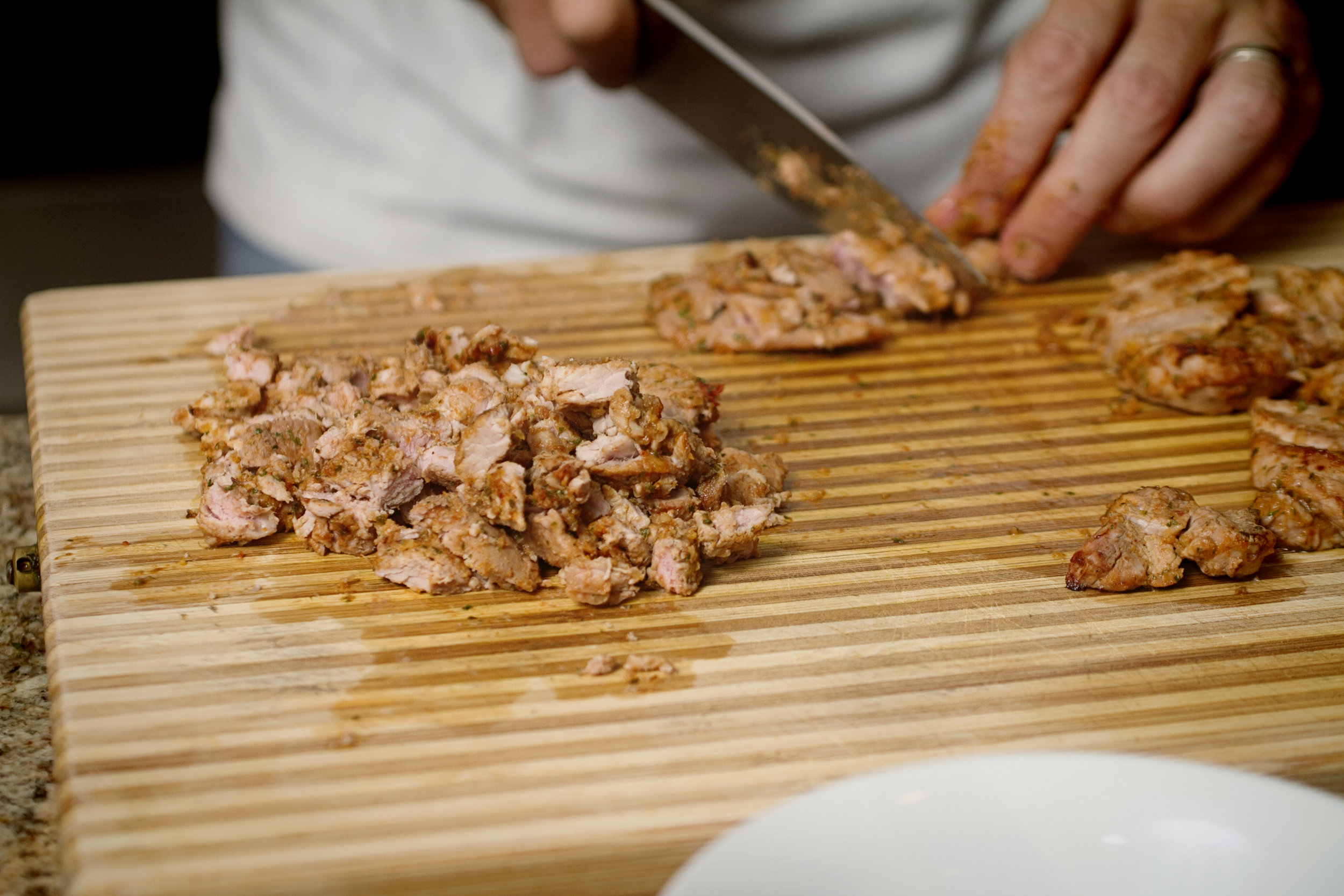Tacos al Pastor
This March, Christey and I were in Mexico City for several days. I had been there once before, but Christey hadn't yet.
Many US, Canadian, and European tourists hit the beach -- Acapulco, Cancun, Cozumel, Puerto Vallarta -- but Mexico City is so different from the beach life on either coast. The metro population is on par with world metropolises like Tokyo, London, and New York City. And like those cities, though there is a strong tourism industry, the city itself exists through the day to day business of commerce and industry. Tourists rub shoulders on the streets with bankers and diplomats, millionaires and the poor, criminals and entrepreneurs. At any moment, you may be passed by the motorcade of Carlos Slim, or be offered a paper-wrapped cone of deep fried crickets with salt and lime.
The restaurants are world class, and the food is a fusion of the history of Mexico itself, from pre-Colombian Americans to the Lebanese diaspora of the 1890s to 1940s.
Christey and I ate. And ate and ate and ate.
We did a lot of tourist stuff as well. Our hotel was meters from the Zócalo, with the palace, cathedral, and Templo Mayor, and we toured the Teotihuacan pyramids 45 minutes out of town.

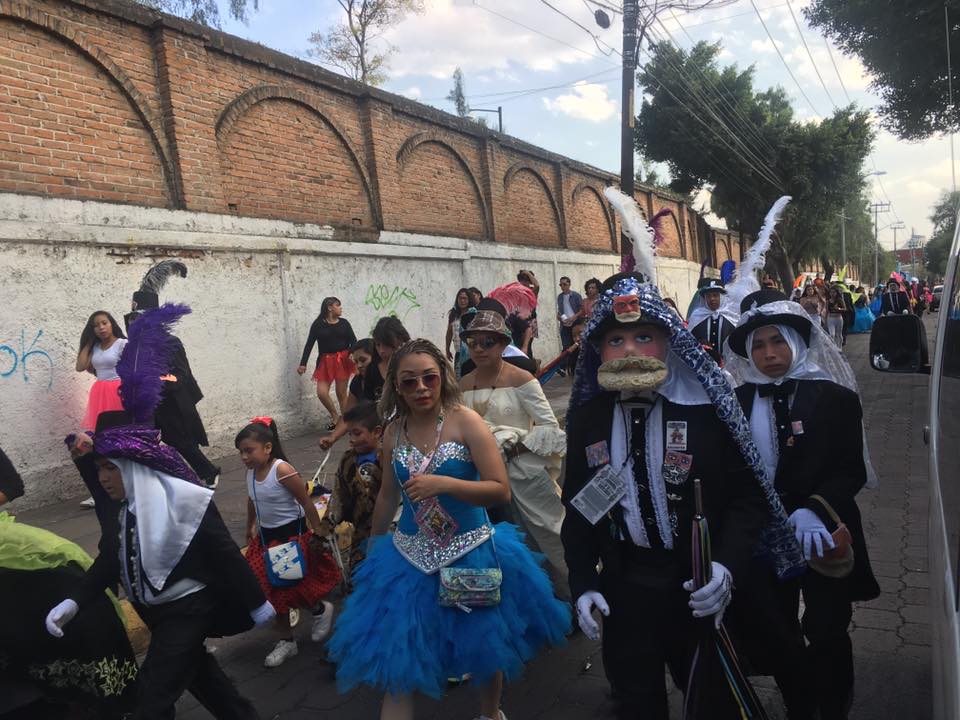

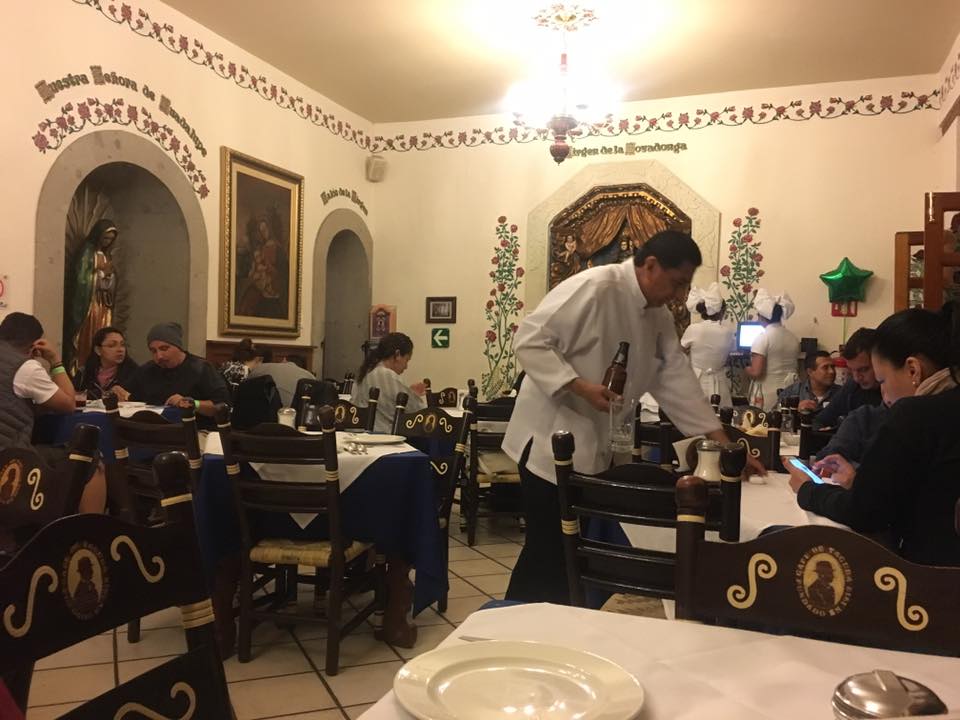
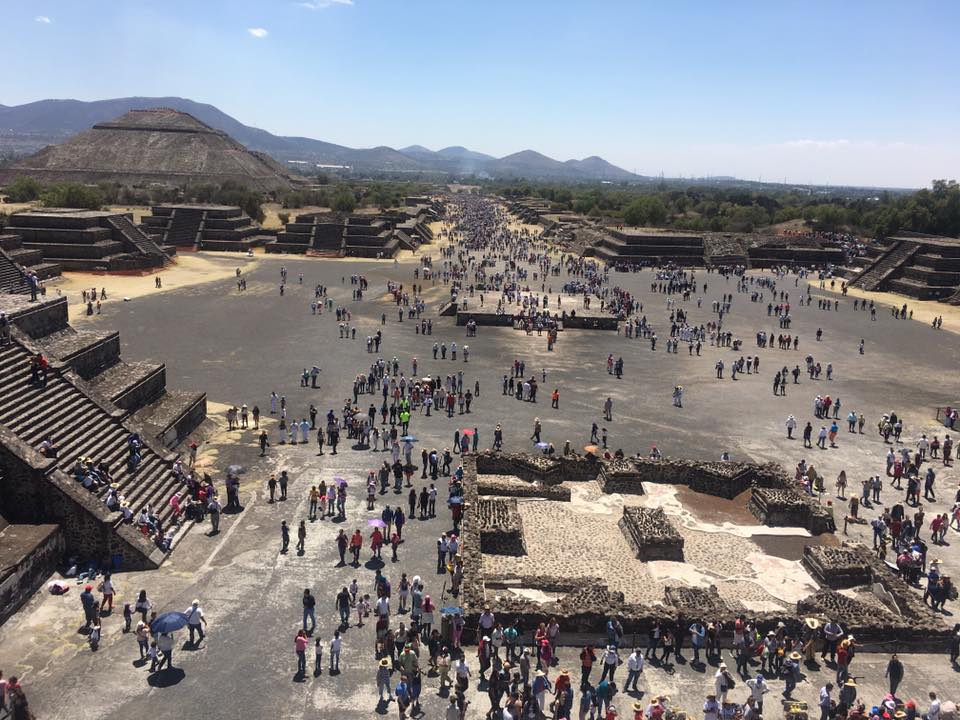


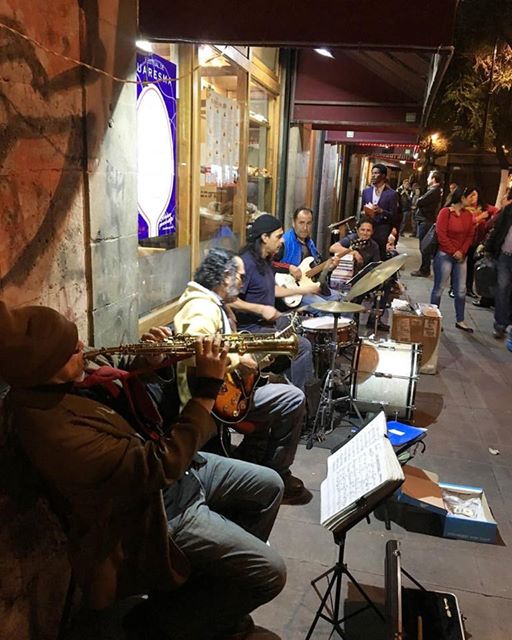

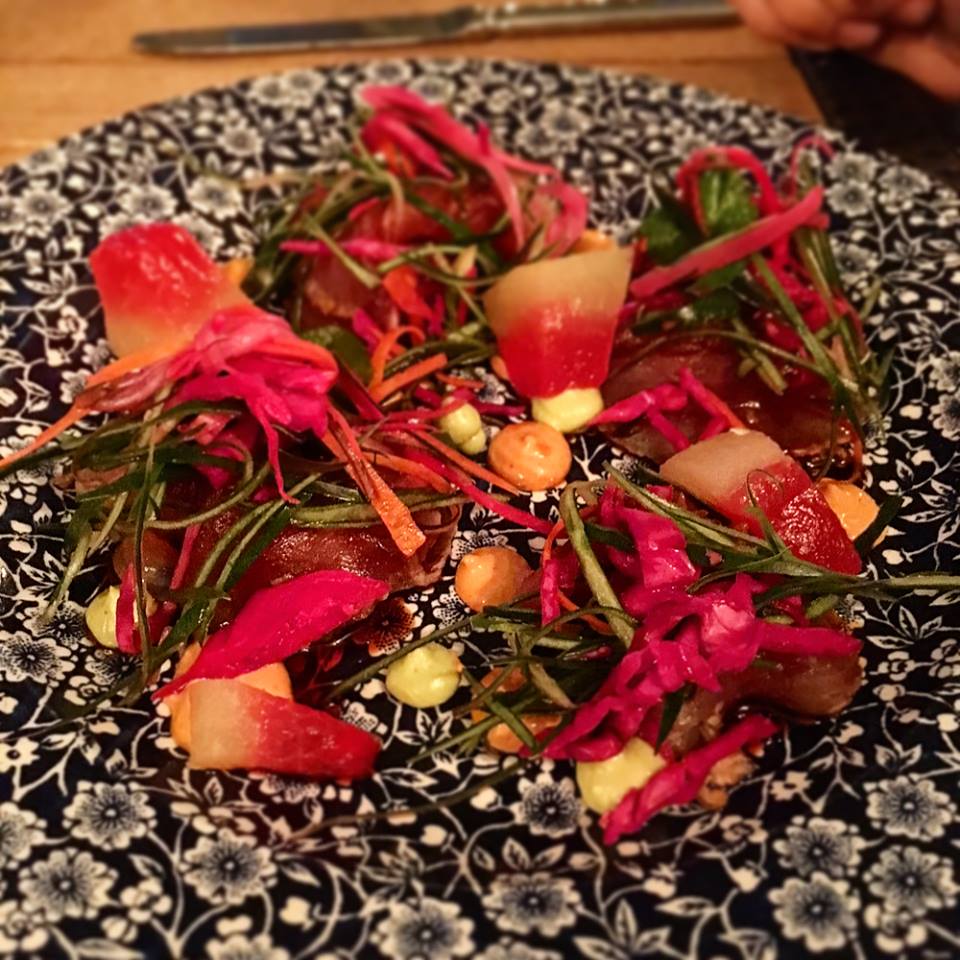
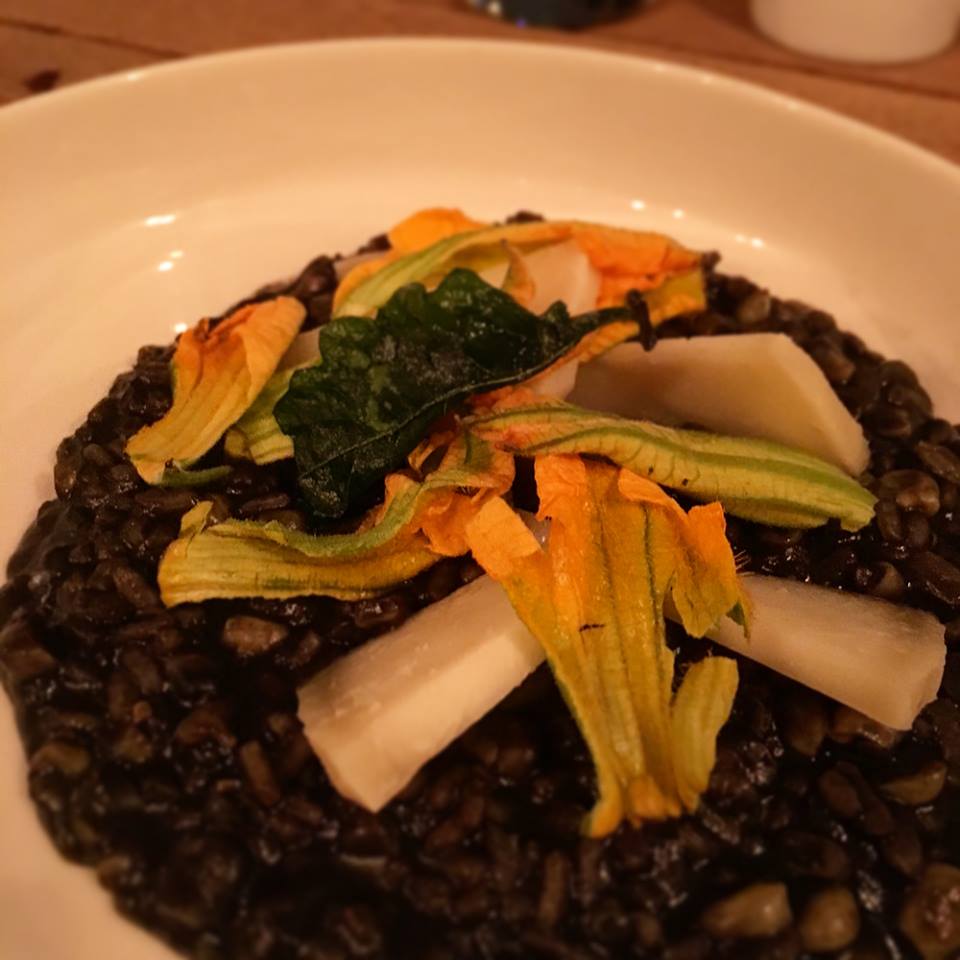


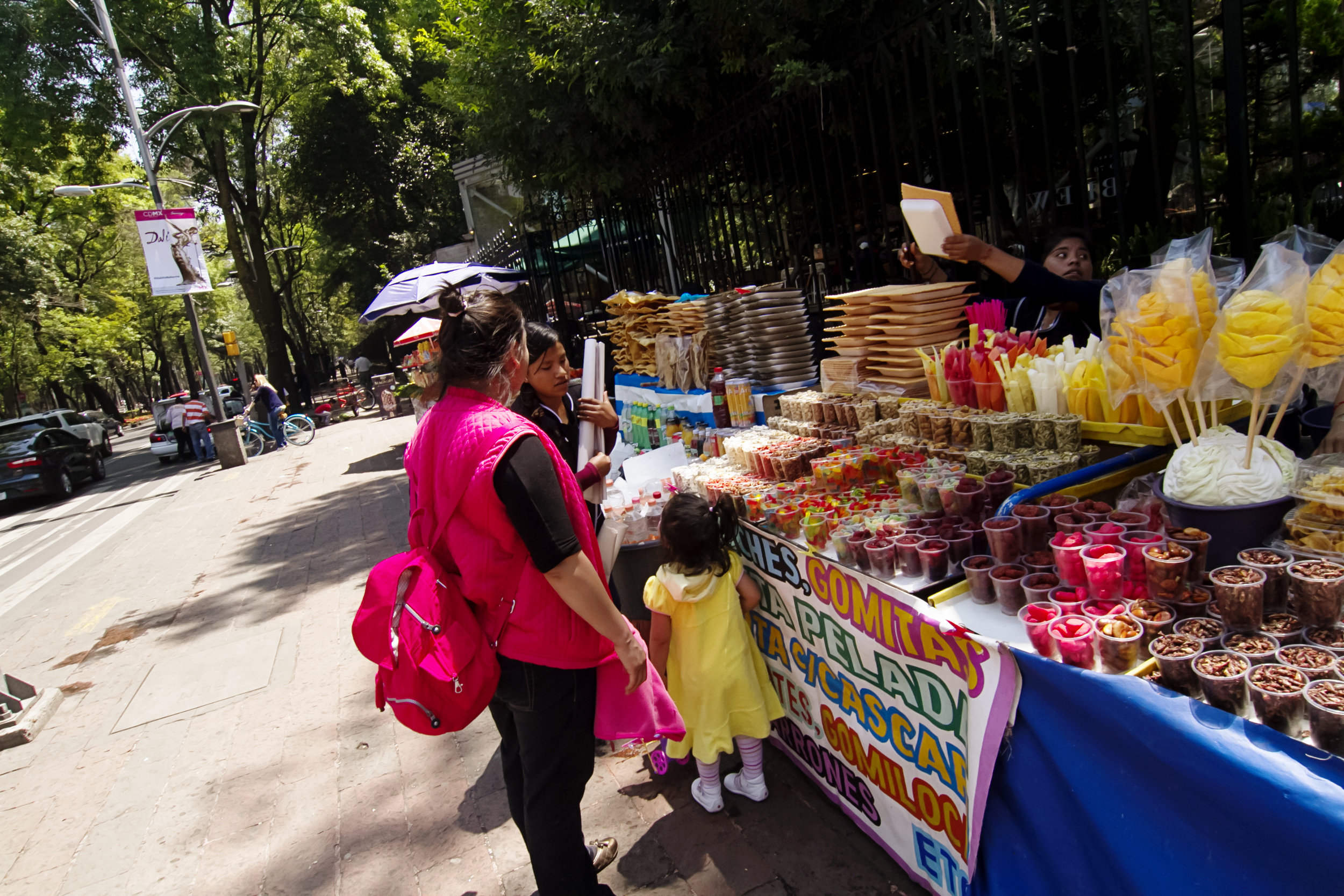
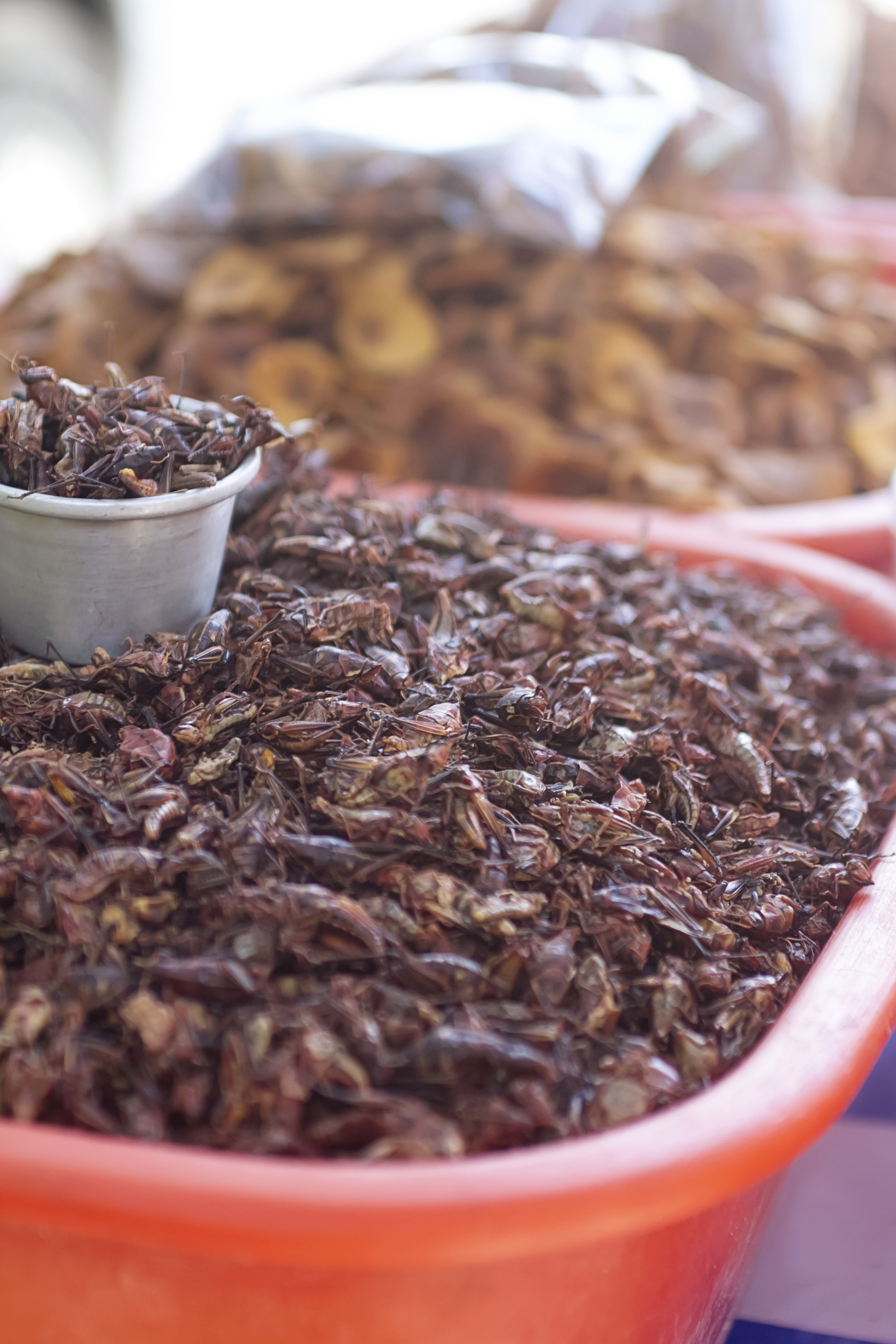
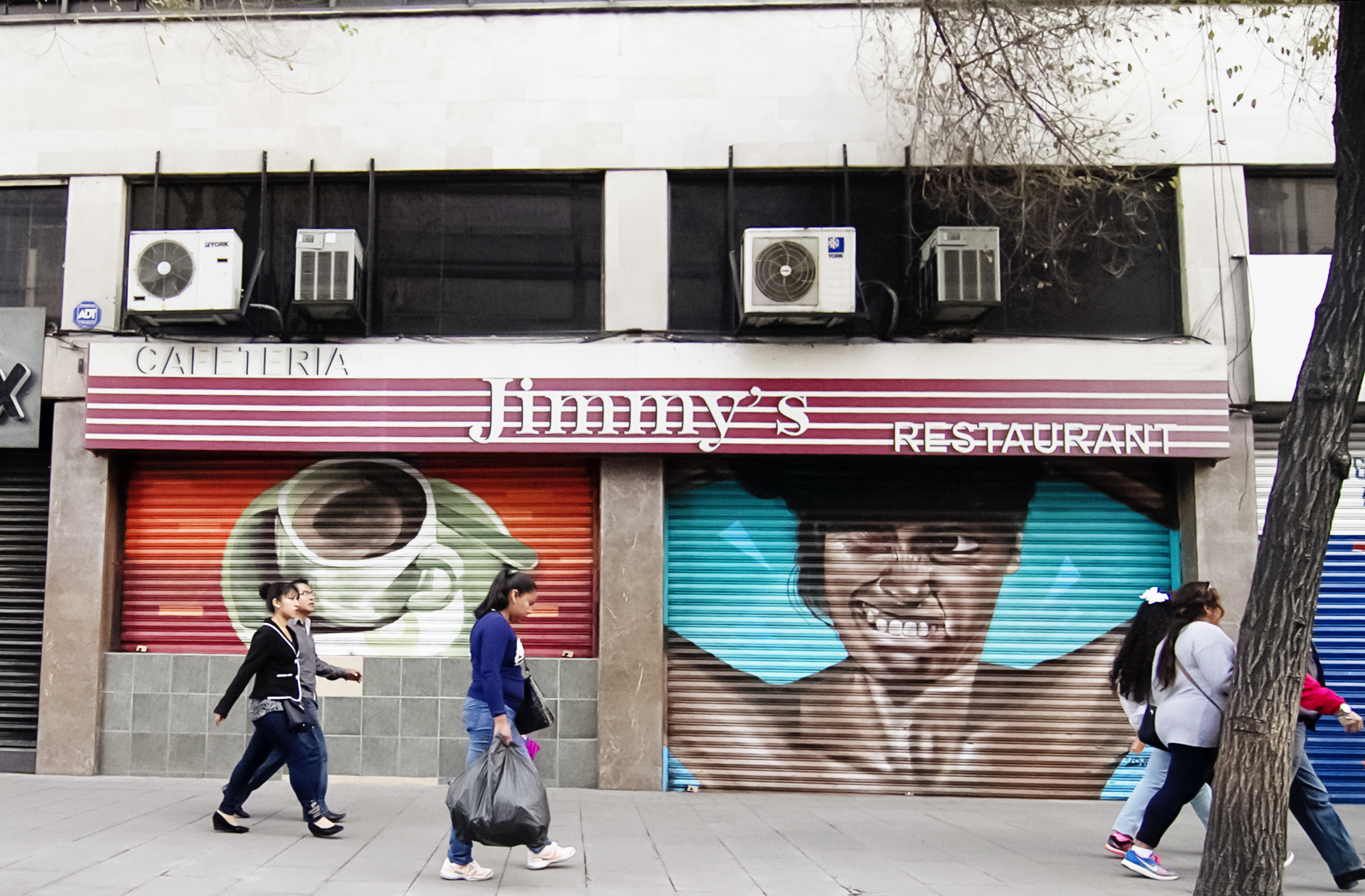
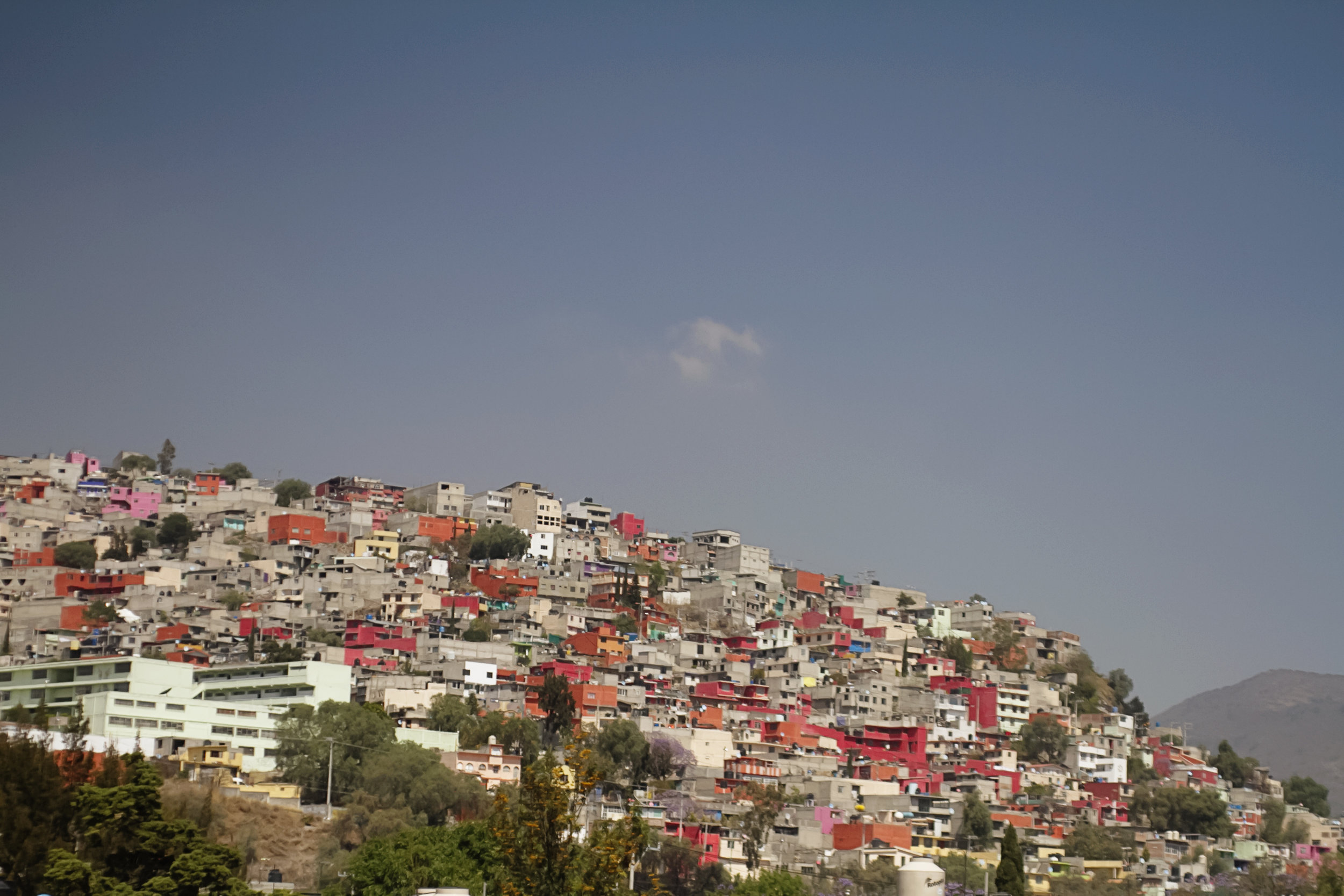
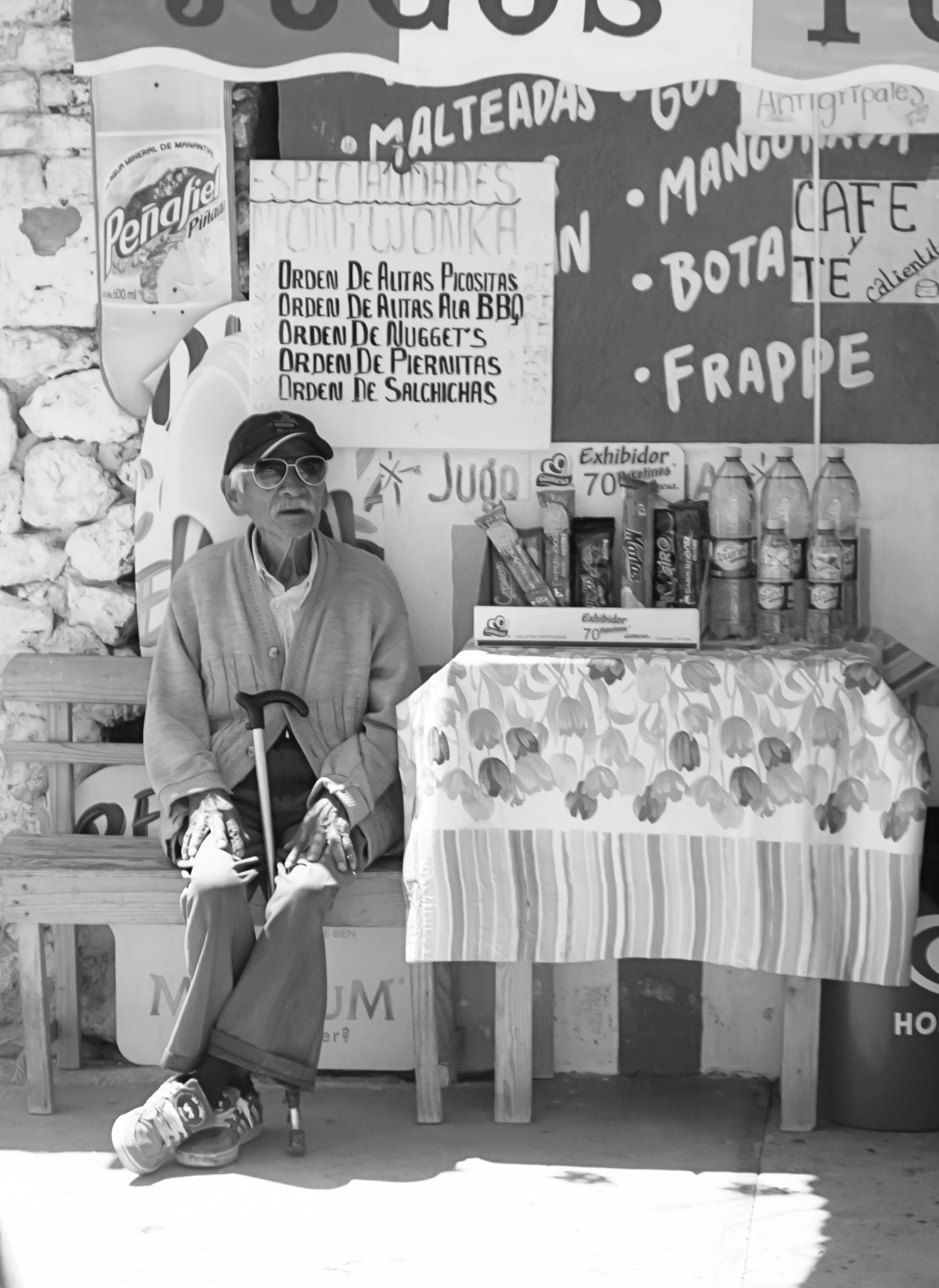

In the city itself, however, you couldn't walk for long without seeing the tacos al pastor vendors.
In the early 20th century, many Lebanese left the eastern Mediterranean and settled in surprisingly distant areas, to the point where today, the ex-pat Lebanese population outside the country may actually be double the in-country population. Mexico was one of the destinations, and many modern Mexicans have Lebanese ancestry, including Carlos Slim, the local businessman who now rivals Bill Gates and Warren Buffet as the richest man in the world. The diaspora included many Lebanese Christians, but Lebanese Muslims and Druze and Jews spread through the world as well.
Of course, no influx of immigrants in any part of the world could sneak by without influencing the local cuisine.
Tacos al pastor (literally: shepherd's tacos) looks a lot like near-east shawarma or Greek gyros -- there's a tall sword or spike draped with slices of meat, flame broiled as it spins. Tacos al pastor uses pre-Colombian ingredients like chilies, corn tortillas, and pineapple, along with Colonial-era imports of pork and cumin, and the much more recent technique of preparation imported from Lebanon.
Almost all tacos al pastor recipes are made from pork, which shows how much the Lebanese assimilated into Mexican culture -- pork is forbidden to Jews, Muslims, and Druze, and similar recipes imported back to Lebanon use different meats such as chicken.
The pineapple ingredient is also curious. Pineapple is known as a meat tenderizer, and there are those who believe that pineapple is used for that reason, but many vendors use pork tenderloin or loin, which aren't the toughest cuts of meat. Pineapple and onions are in the marinade, but they are also placed on top of the pile of meat as it cooks. There may be some mild basting involved as the juices drip down the sides of the meat, but pineapple is most likely used for the flavor, and the tradition.
Like many meat dishes, tacos al pastor starts with the marinade. A fresh pineapple is peeled and cored, and chopped into a rough dice.
The traditional pepper used, which gives the meat its characteristic red color, is guajillo. Usually, this is used as a powder (guajillo pulvo), but I like to use the dried guajillo peppers, simmered until soft, then food-processed into a paste. Any Latin store in the US has bags of dried guajillo peppers -- they look a lot like New Mexican red chile pods, except guajillos are mild, with no almost no heat at all. You can either simmer them in water like I do, or if you have a spice grinder, you can just powder them and strain out the seeds.
The pineapple and peppers go into a big food processor with a chopped half onion, a couple cloves of garlic, cilantro, and for a little heat, a big chipotle, and some adobo sauce from the can.
To complete the marinade, orange juice, white wine vinegar, and some salt and cumin are added, and everything is processed until smooth.
A pork tenderloin is cleaned and cut into thin slices, and pounded a little flatter. The pork and marinade go into a tough Ziploc, put in the fridge, and like all marinades -- the longer the better. Four hours at a minimum, and 24 hours is better.
When it's time to cook, I made the garnishes in advance -- some lime wedges, some rough-chopped pineapple, and some minced cilantro.
Most of us don't have the shawarma setup -- I have no sword and vertical flame salamander. A horizontal rotisserie spit would probably just drop pork all over the burners as it spins. I've heard of some cooks stacking the pork vertically, then wedging it sideways into a bread pan and cooking it at high temps (+450F) in the oven -- you get a meatloaf-like chunk of layered pork that can then be grilled or just chopped. I like to just spread out the individual pork slices, still dripping with the marinade, onto a screaming hot grill.
The street vendors' fire setup crisps the outside of the pork, and if the grill is hot enough, you can get enough edges that crisp up the same way.
Once the pork is cooked through, it's removed to a cutting board and chopped roughly, while corn tortillas are tossed on the grill to cook through, and get a little smokiness.
(And as an aside, Mexico City will always be linked in my mind to the smell of freshly cooking tortillas. I joke that every storefront has a captive, ancient abuela in the back making tortillas as her mother did before her, but I think the truth isn't too far off of that. Almost every block in Mexico City, from the posh Central district to the pocket neighborhoods, from dawn to dusk, had a drool-worthy, wafting smell of fresh masa smashed into tortillas and cooking over heat.)
The tortillas are stuffed with the pork and pineapple, with a sprinkle of cilantro and a squeeze of lime. Some vendors crumble on some white farmer's or Oaxaca cheese as well.
So, is this a true tacos al pastor? Well, it's me, making it in Florida, so no. I don't have the shawarma rig, my ingredients are from local stores, I even used store-bought tortillas, so it's not the same. But, the smell and the taste bring back the memories of the city, and I'll eat these any day here in the States and think of our time in the D.F.
Tacos al pastor is very strongly a technique more than ingredients. From block to block in the city, different ingredient ratios, from family to family, add variety. But, for this recipe, here is a good ingredient list to get anyone going:
Marinade:
1/2 vidella or sweet onion, chopped roughly
1 fresh pineapple, peeled, cored and chopped. About 1/3rd goes into the marinade, reserve the rest for topping the tacos at the end, and there'll be plenty left over to snack on.
1/2 cup orange juice
1/4 cup white wine vinegar (I like champagne or prosecco vinegar)
5-6 guajillo chili pods cooked into a paste (stem and seed, chop into 1" rings, simmer in 2 cups water for 5 minutes, rest for 5 minutes, food process with 2-3 tablespoons of the cooking liquid, strain in a fine-mesh strainer). If you can find the powder (guajillo pulvo), then use about 4-5 tablespoons.
2 garlic cloves, smashed and rough-chopped
1 teaspoon ground cumin
1 mongo big canned chipotle (or two smaller ones), with a tablespoon or so of the adobe. More for spicy.
This is all food processed as described above.
Pork:
1 pork tenderloin, sliced thin and pounded thinner
Toppings:
lime wedges (to squeeze)
pineapple chopped into a small dice
chopped cilantro (optional)
Crumbly white Oaxaca or farmer's type cheese (optional)
Picante sauce (optional)


